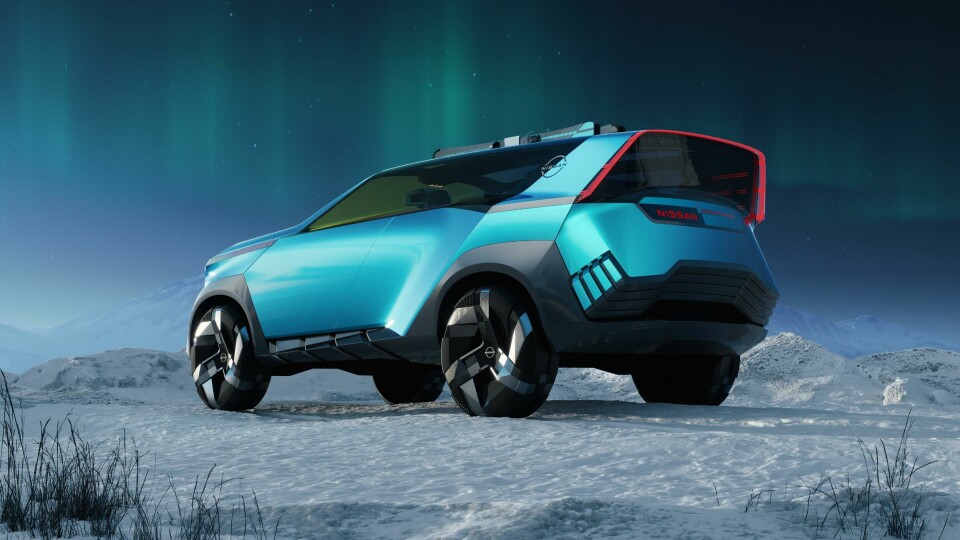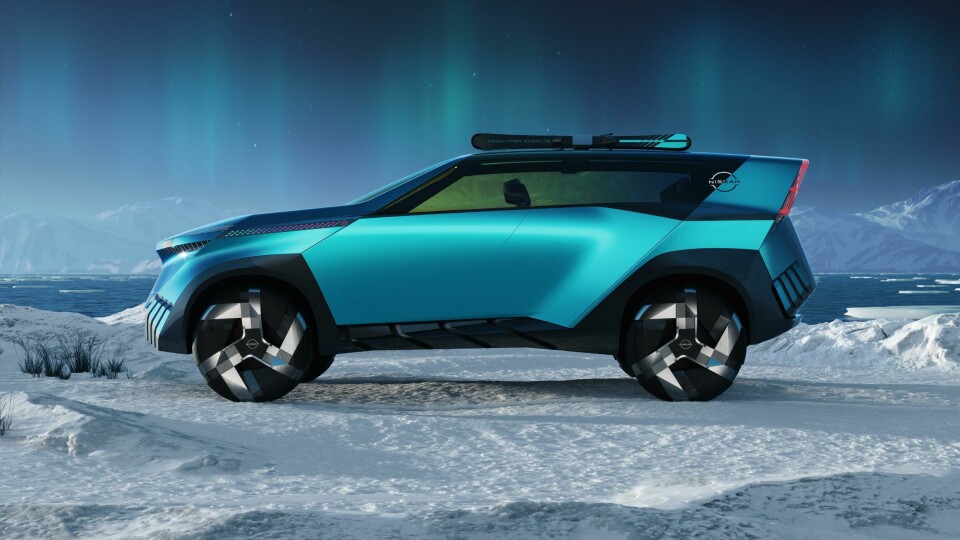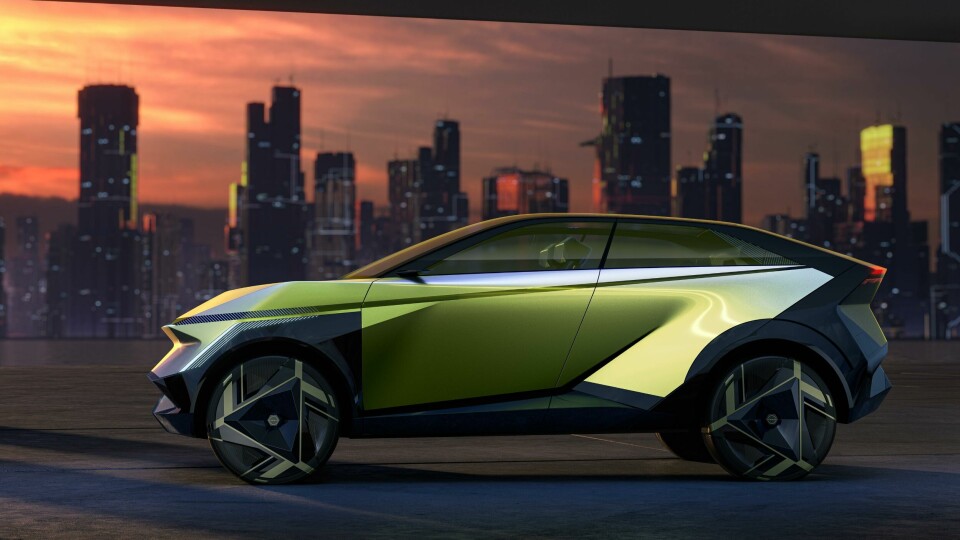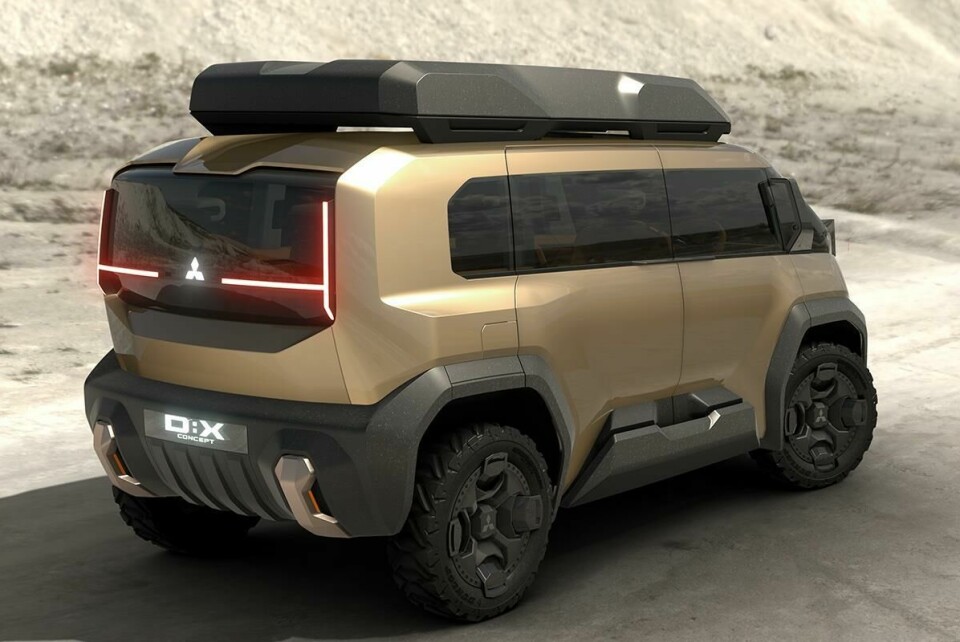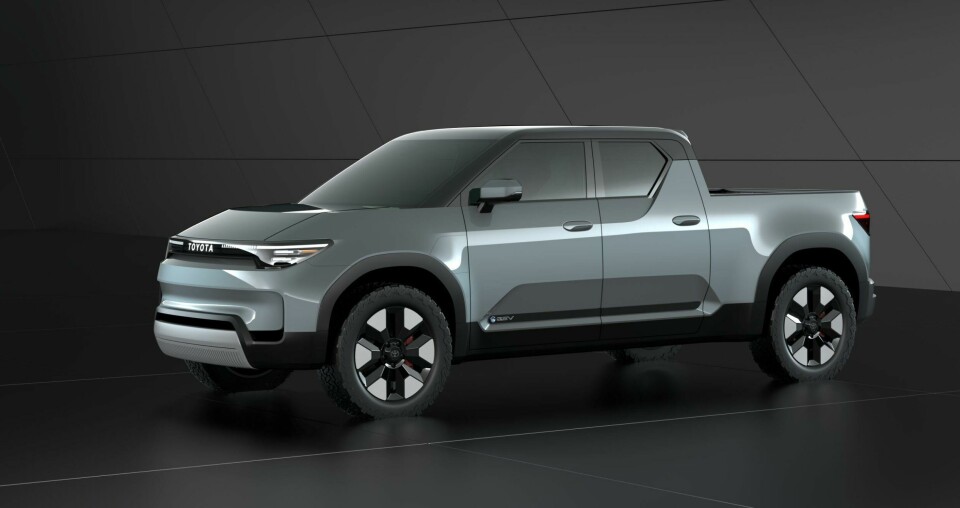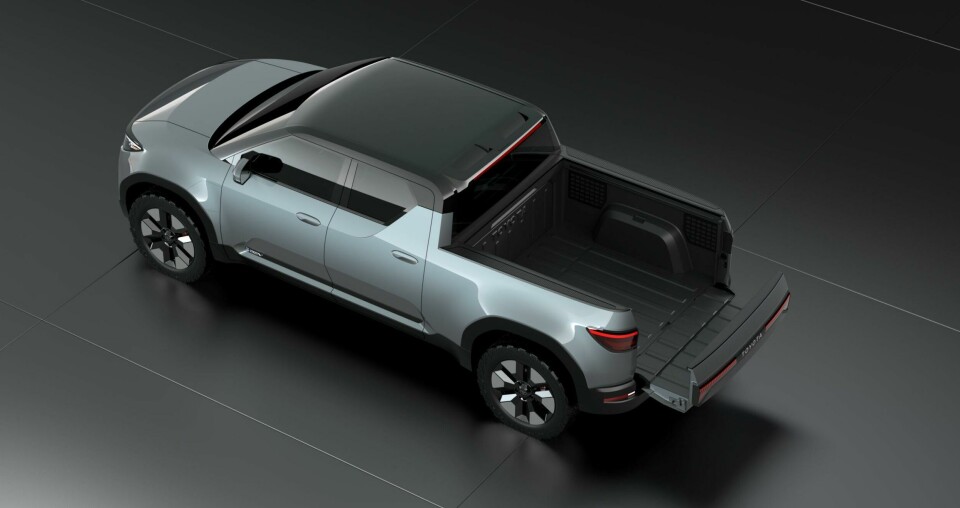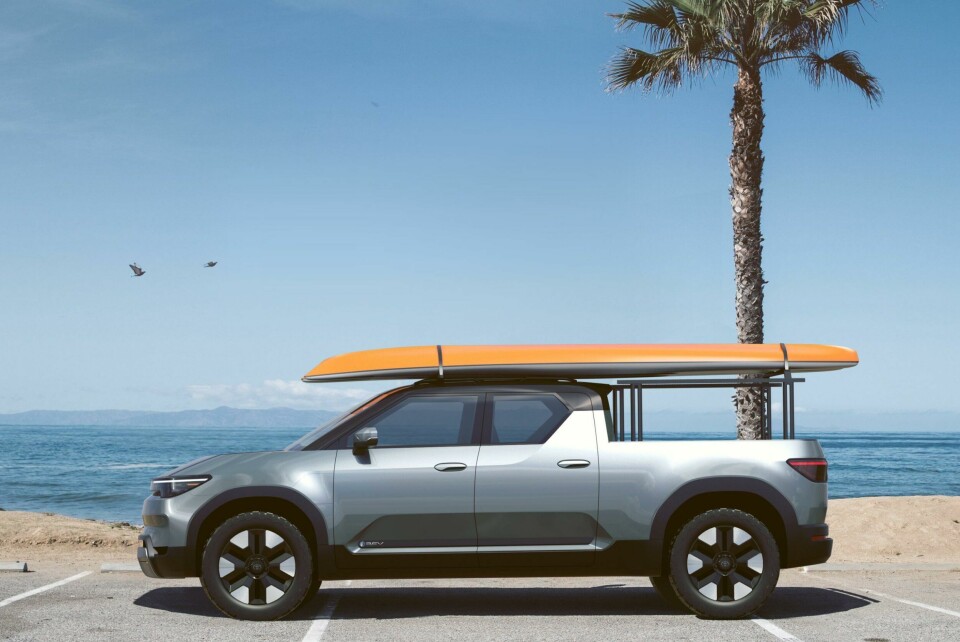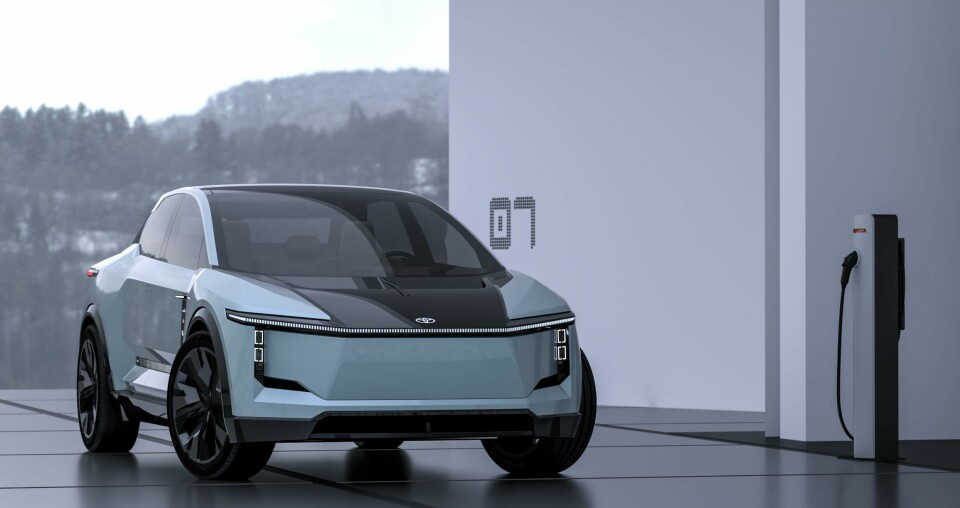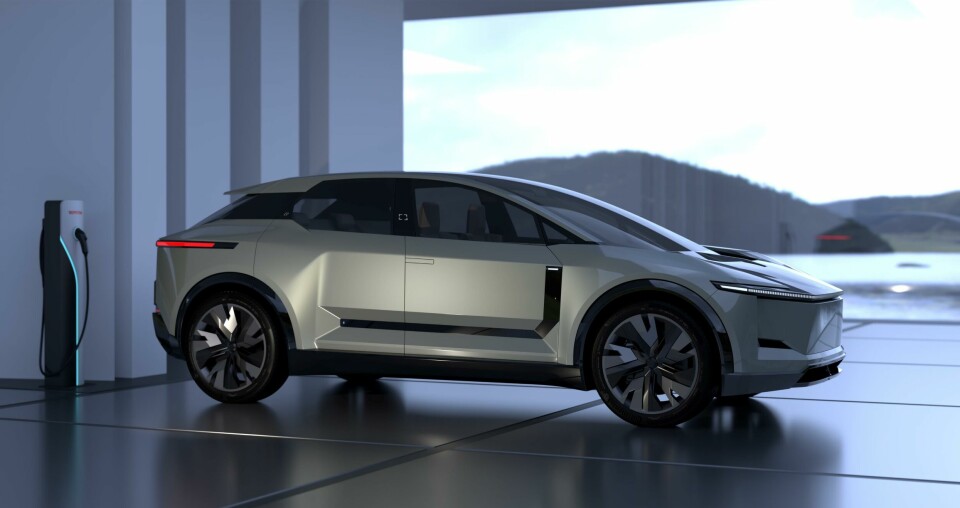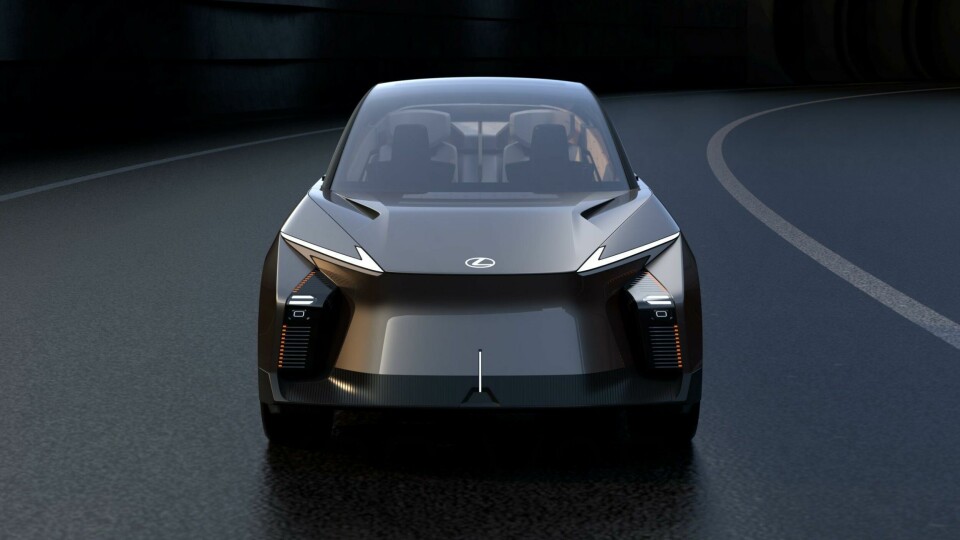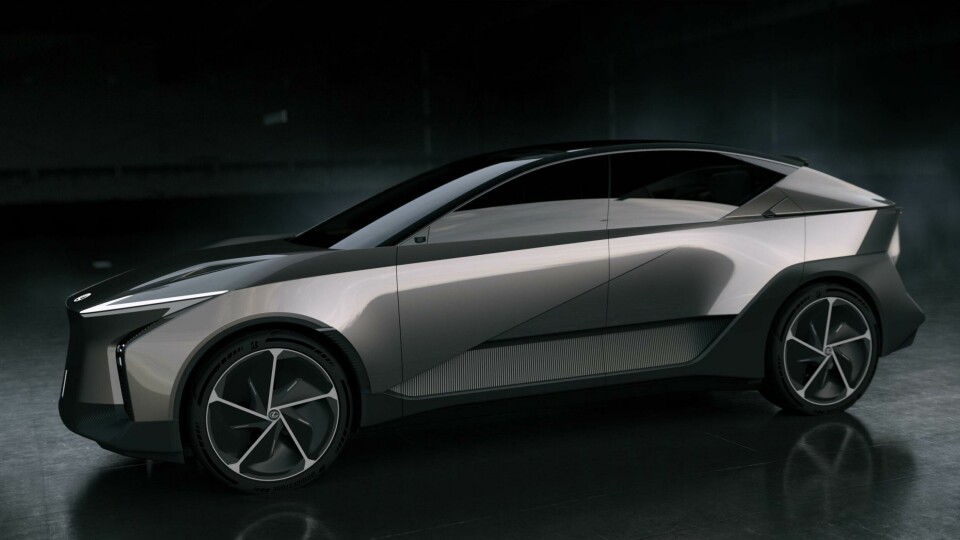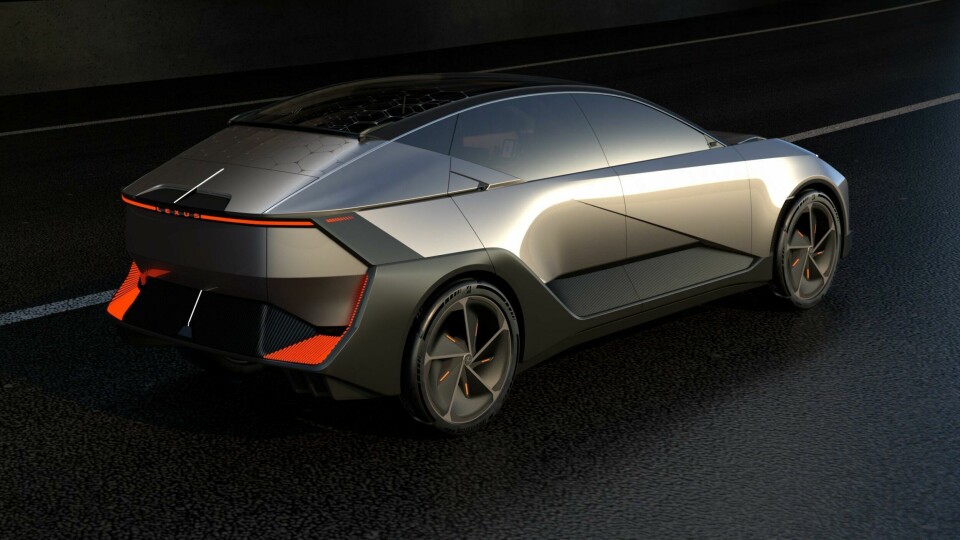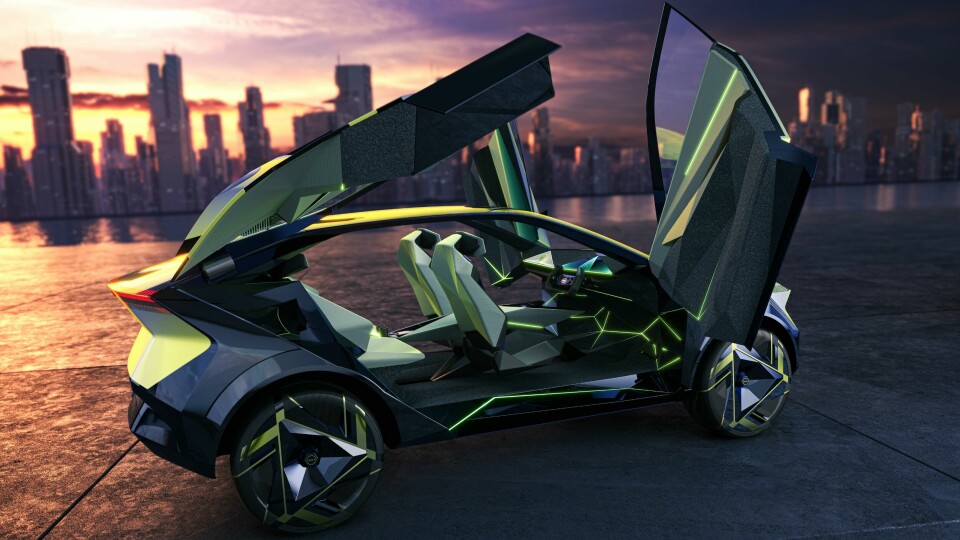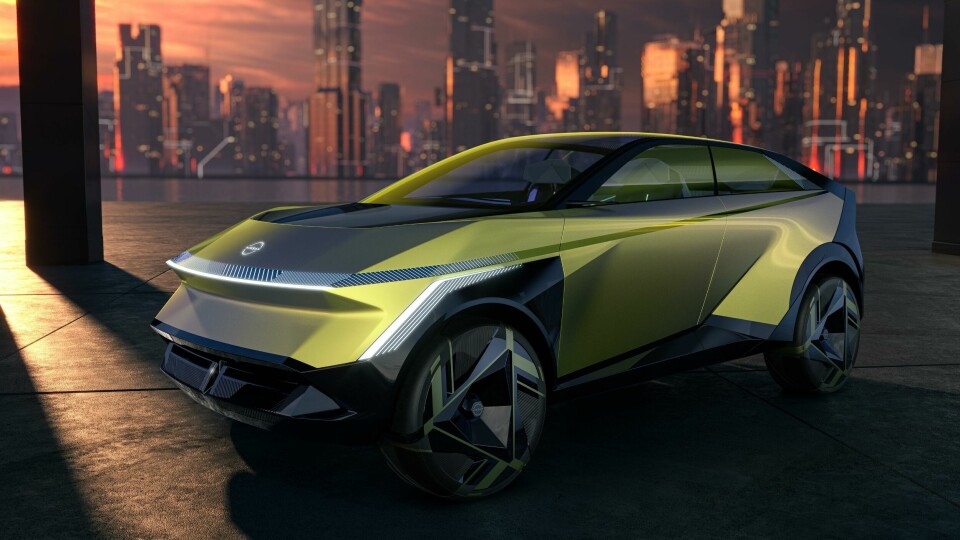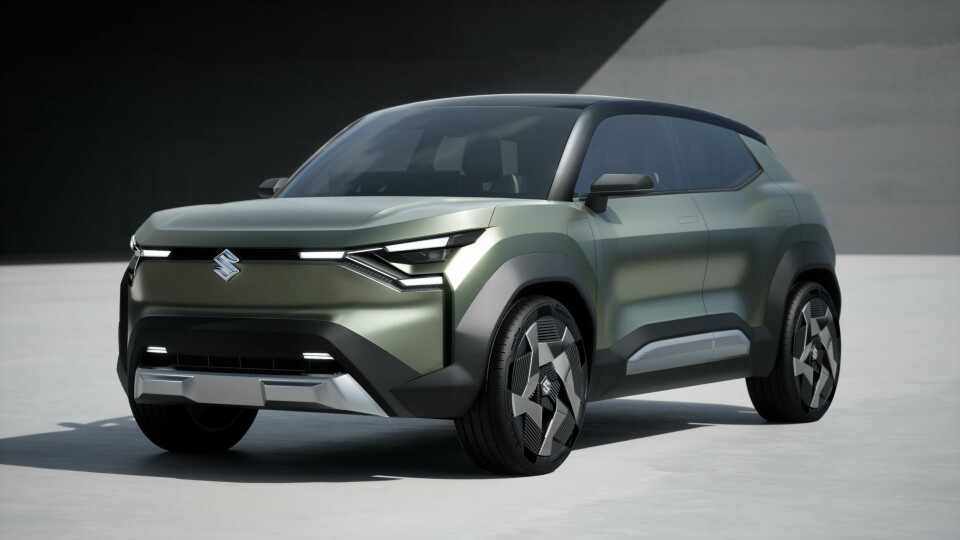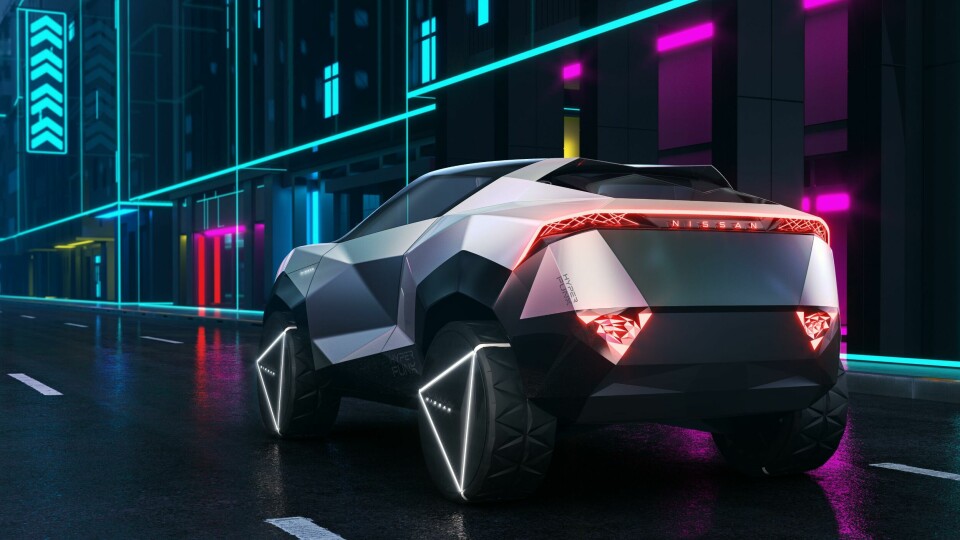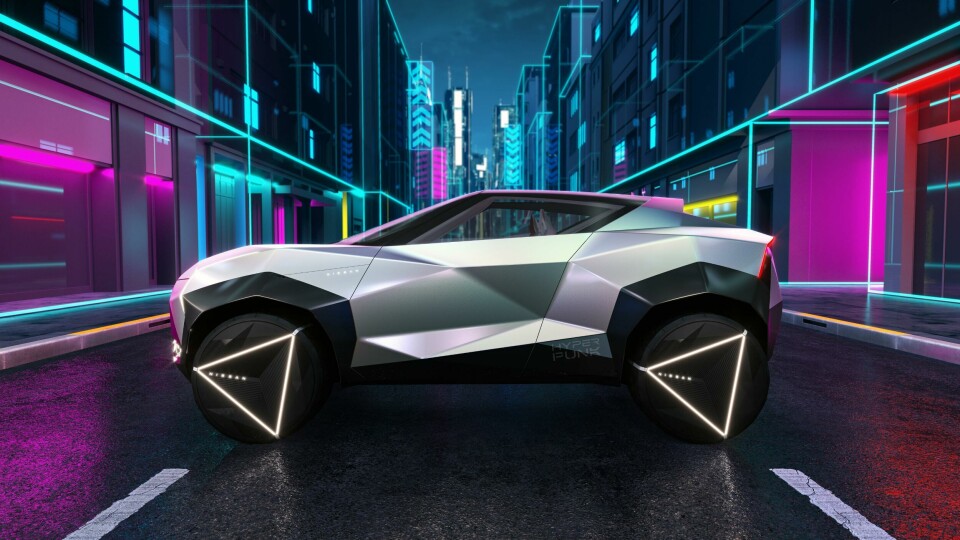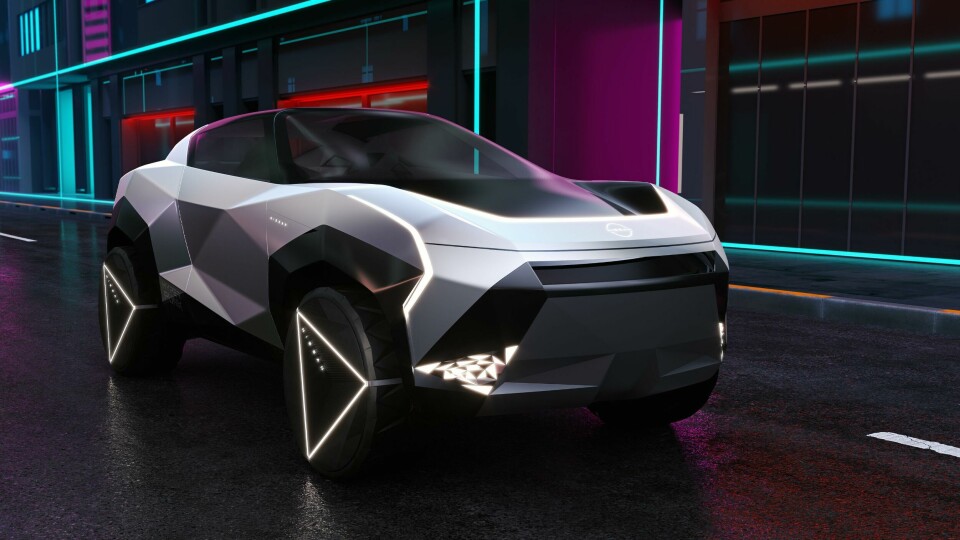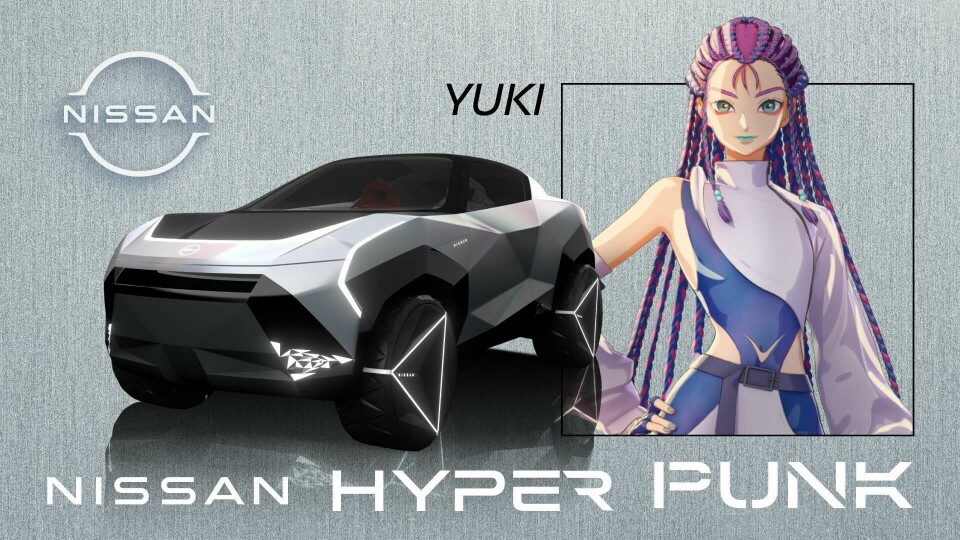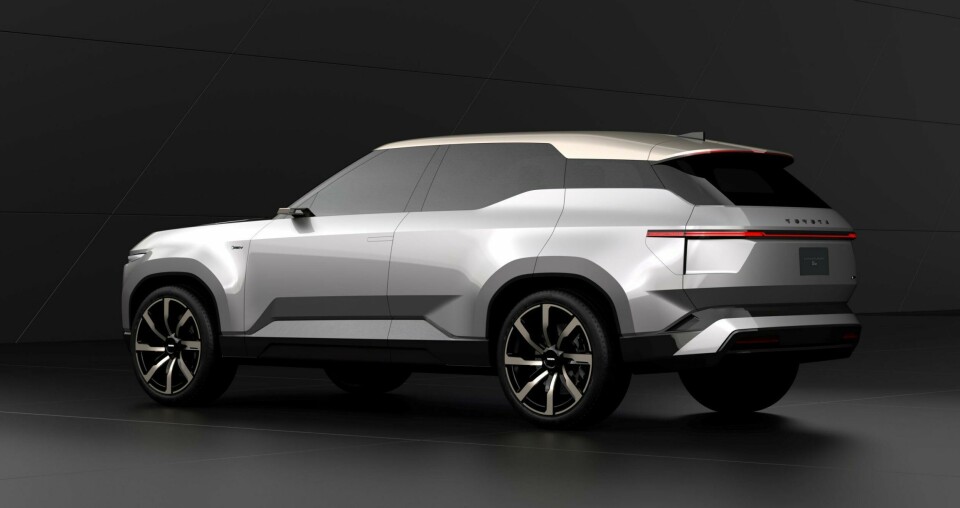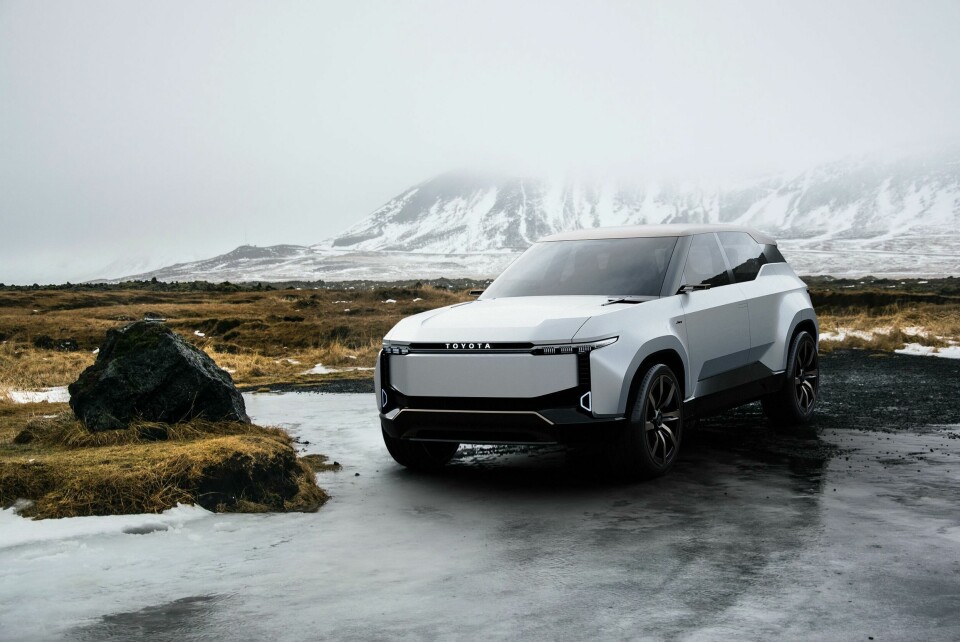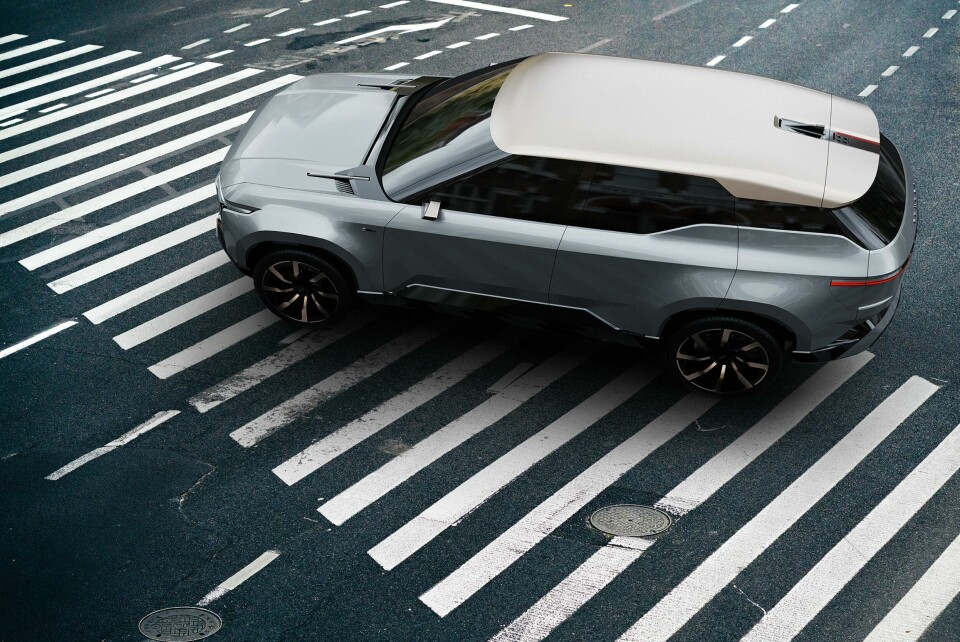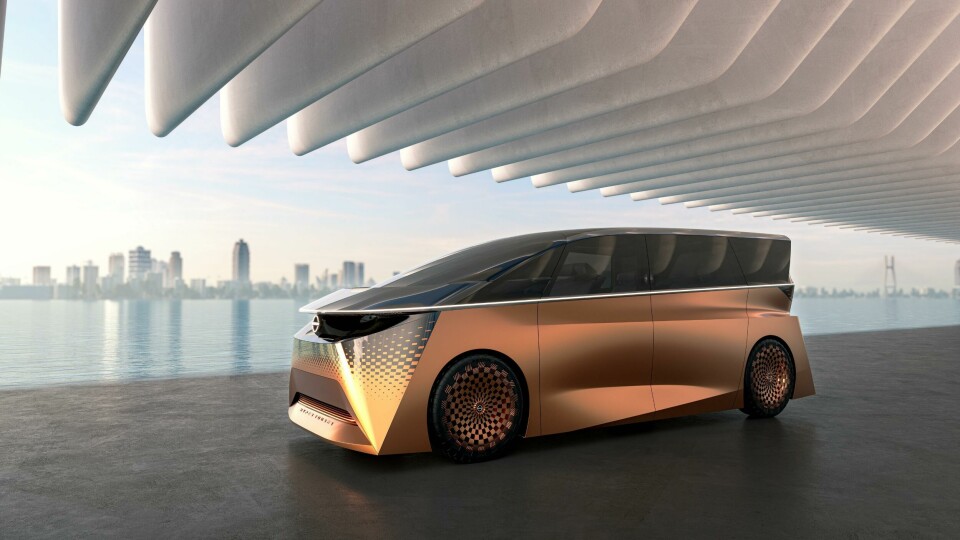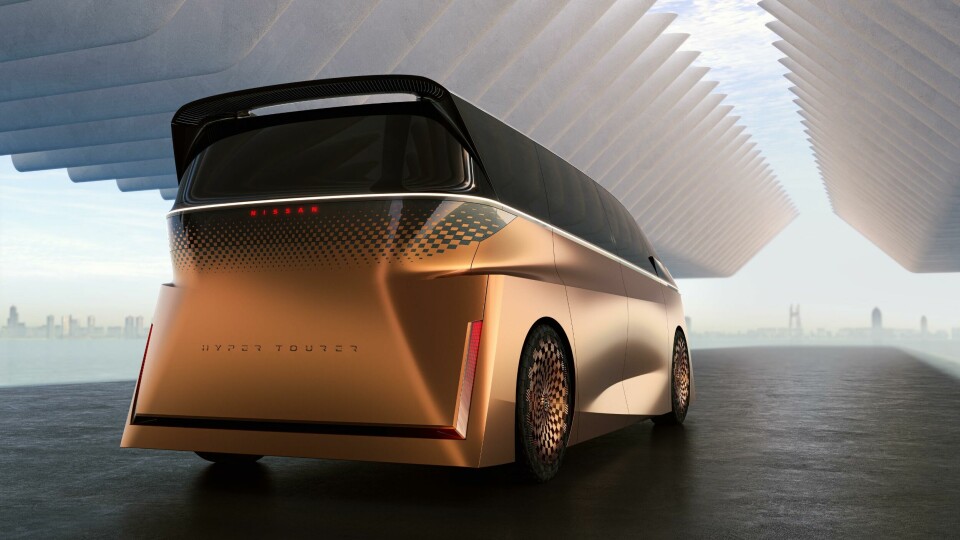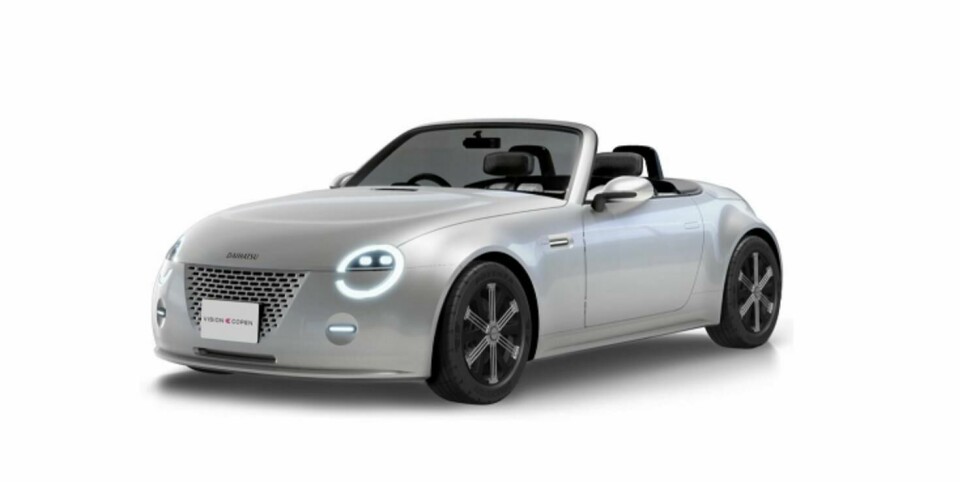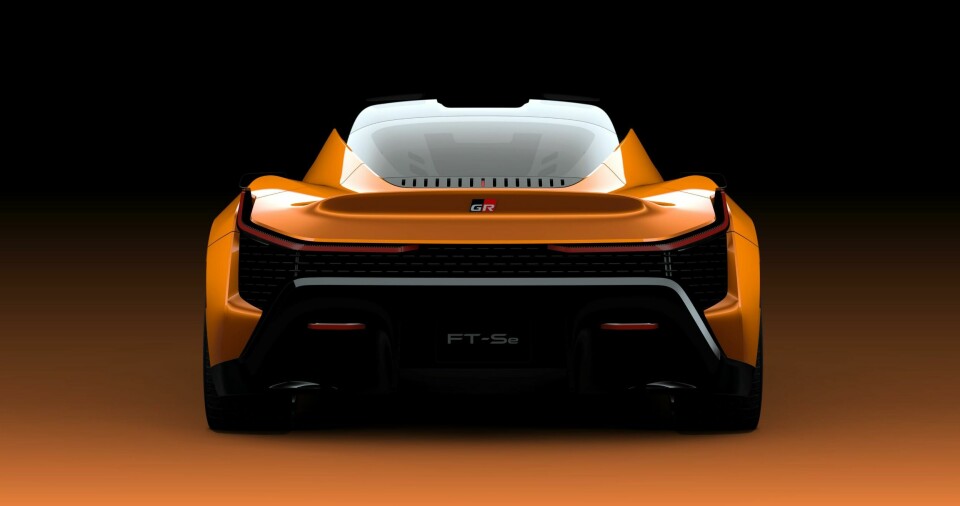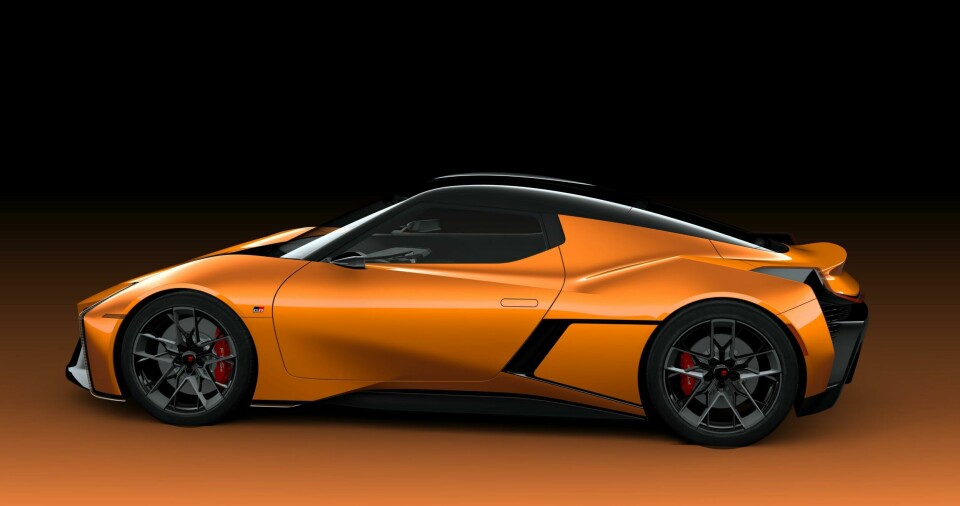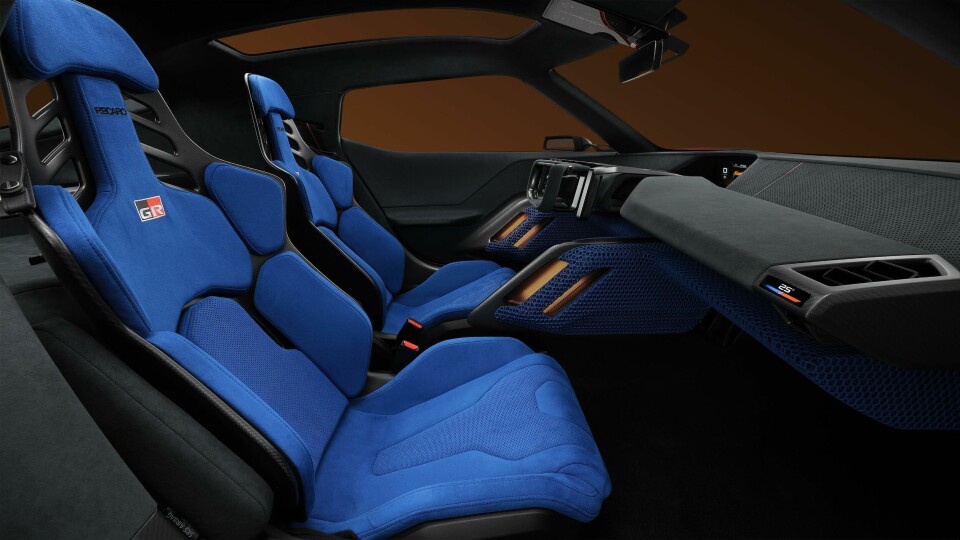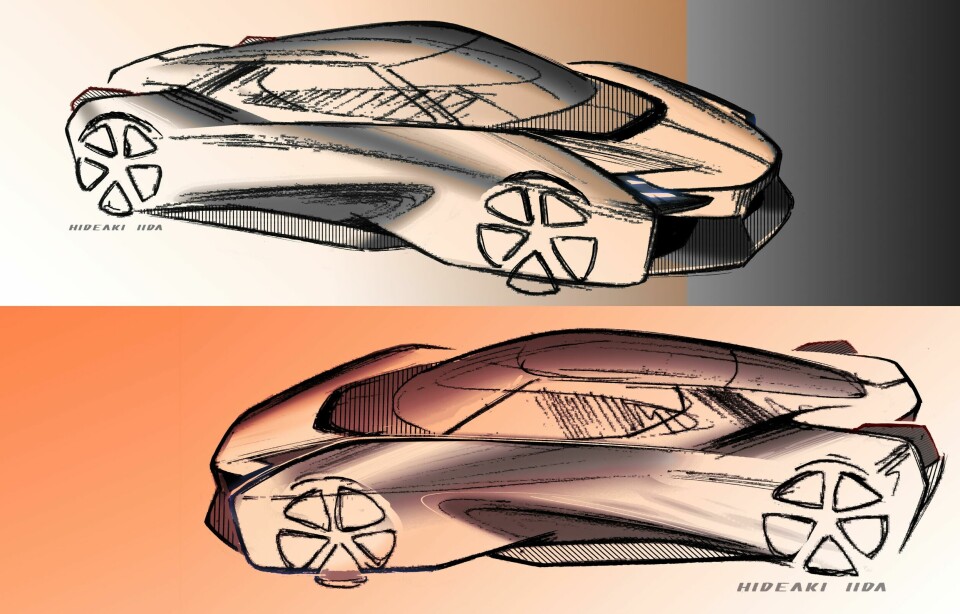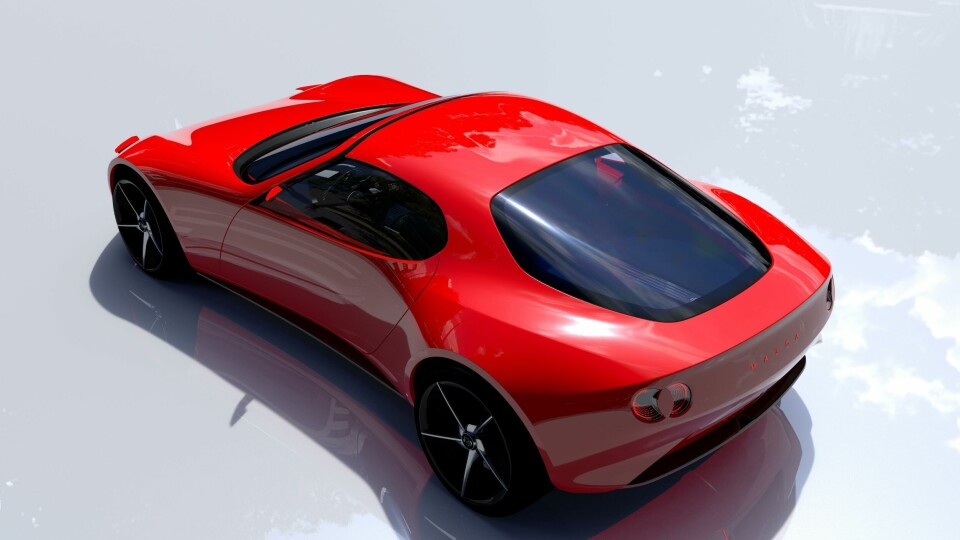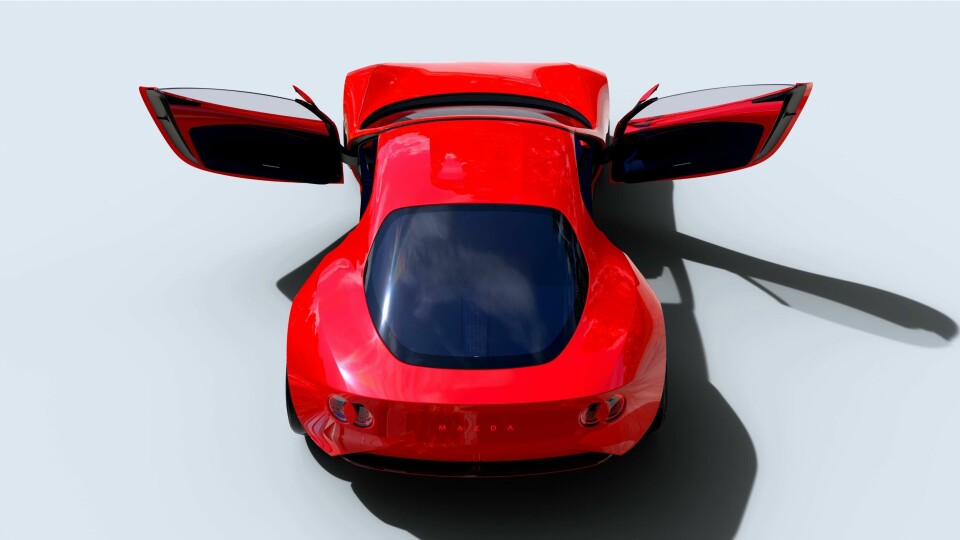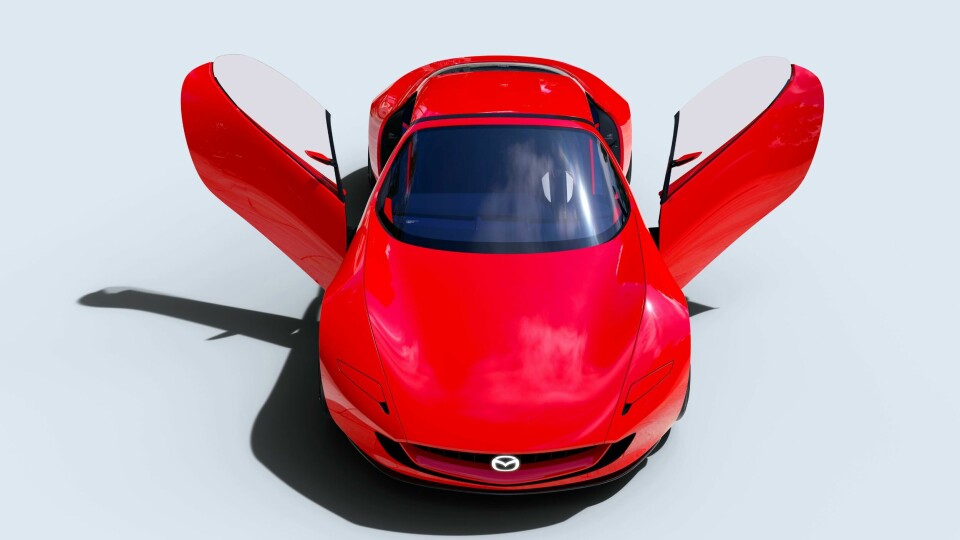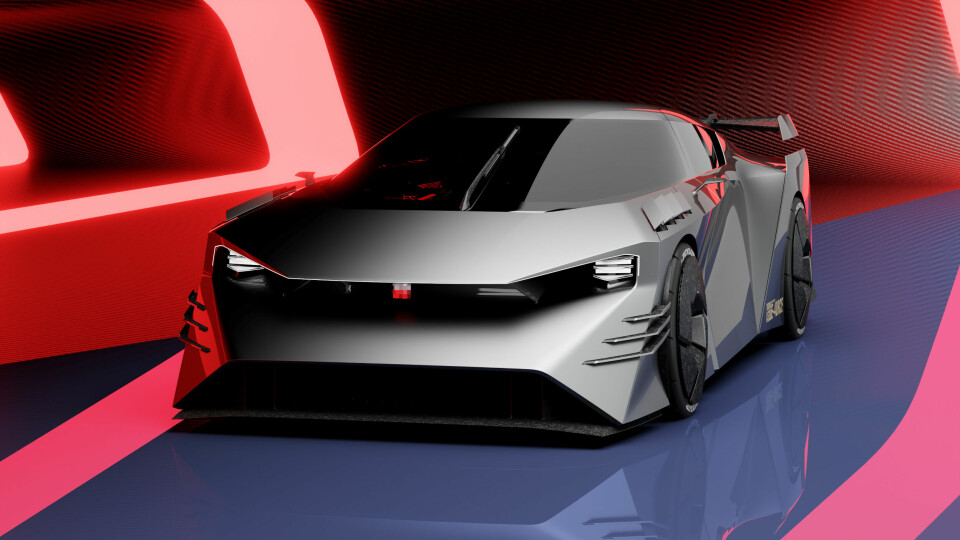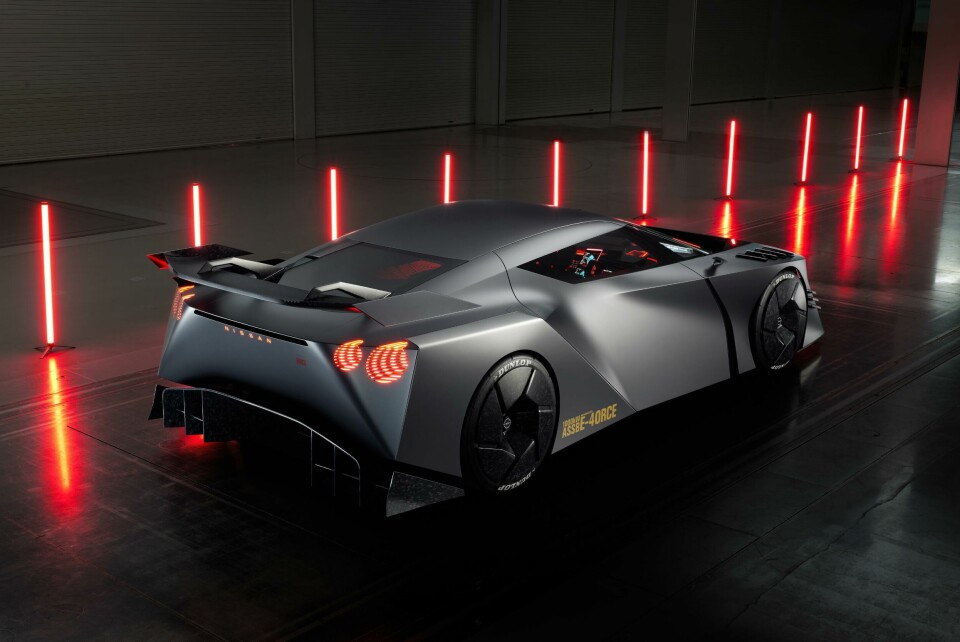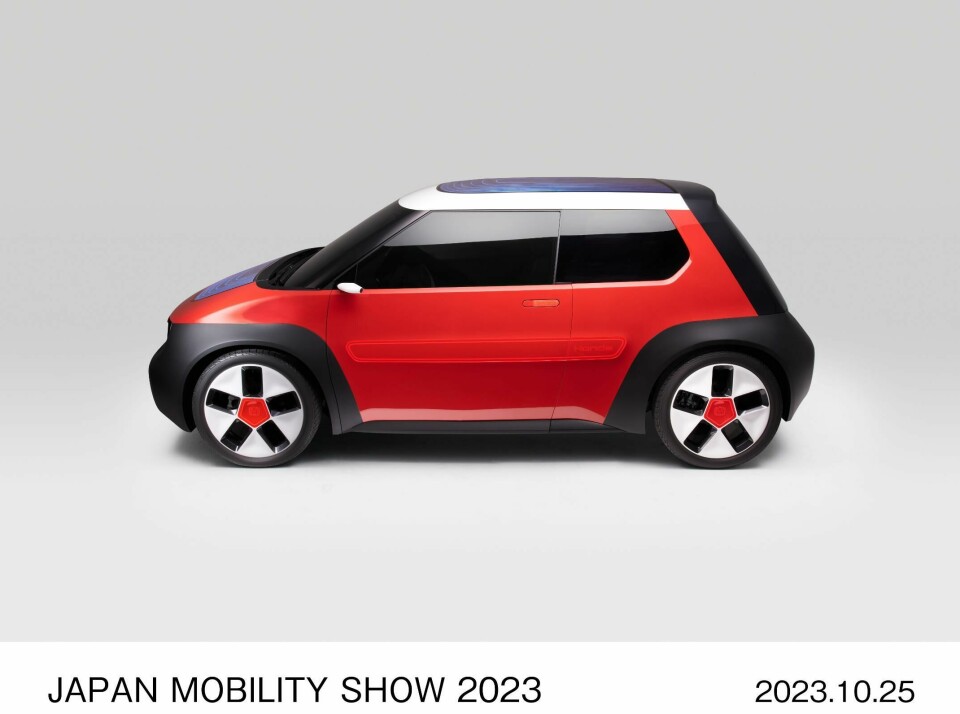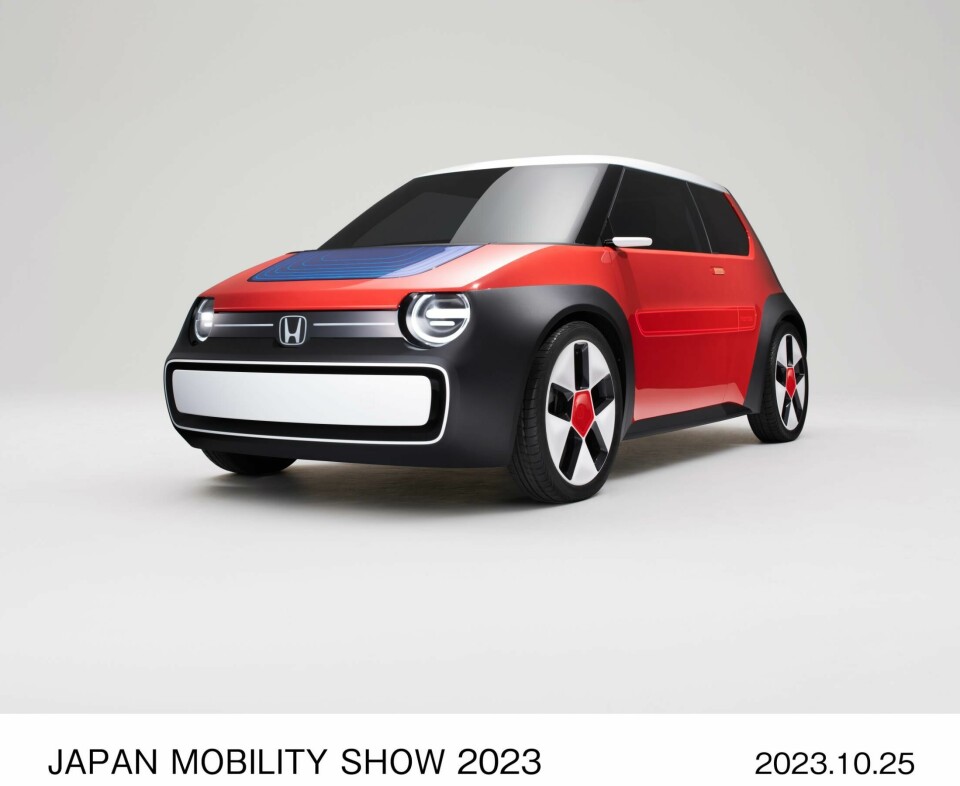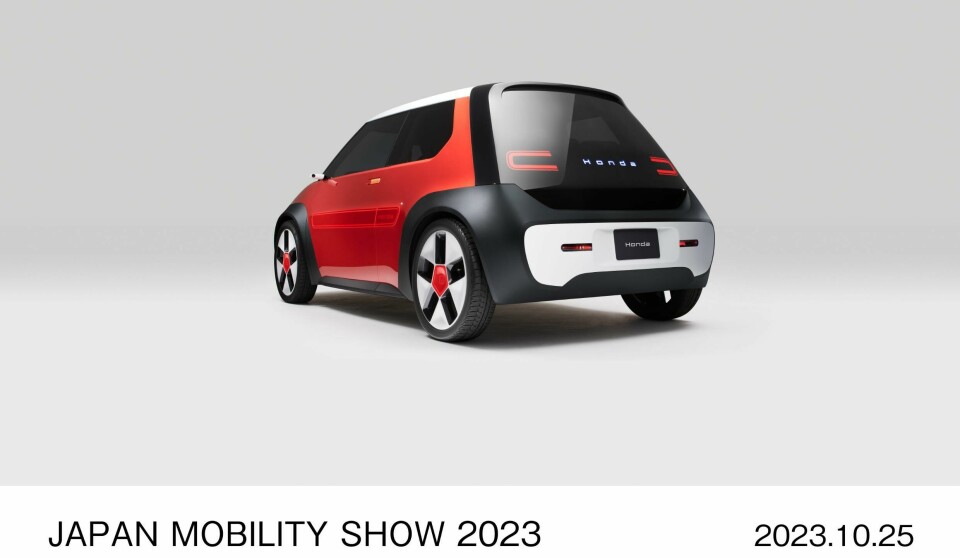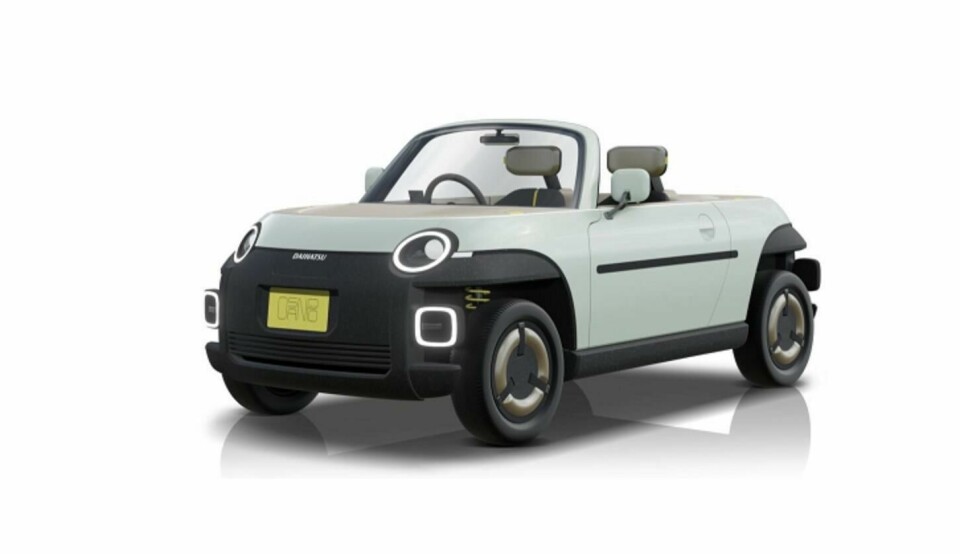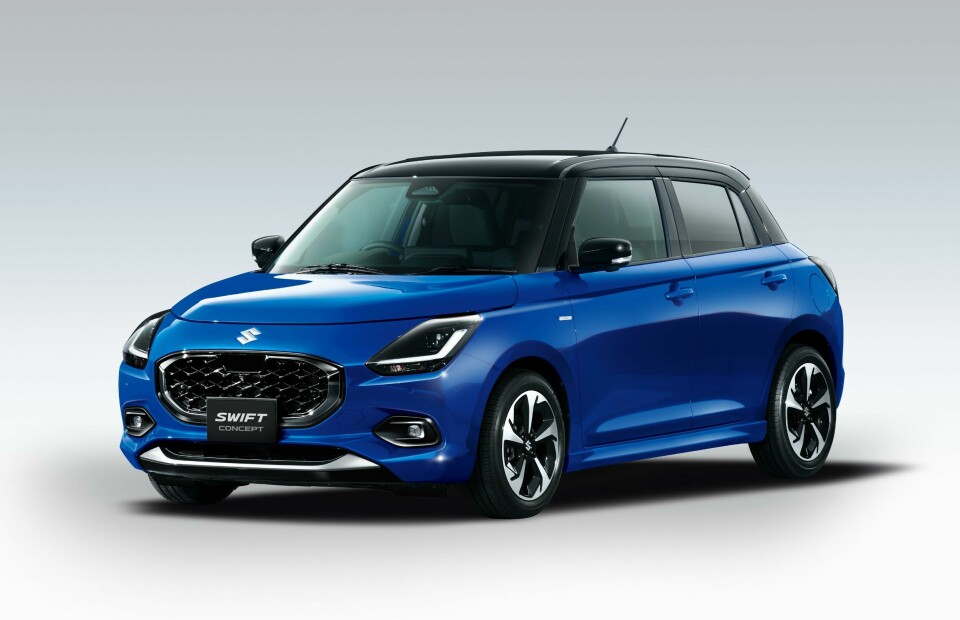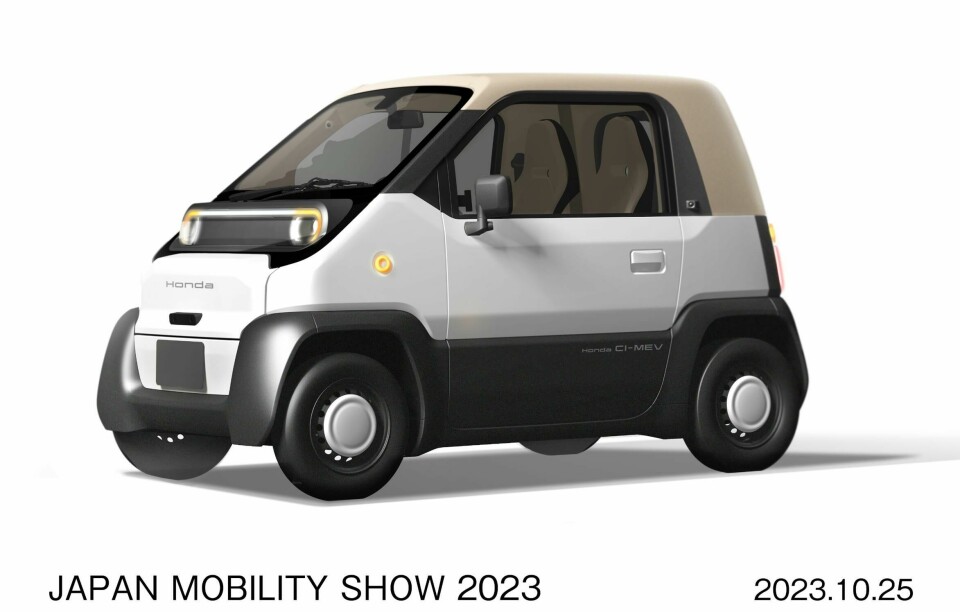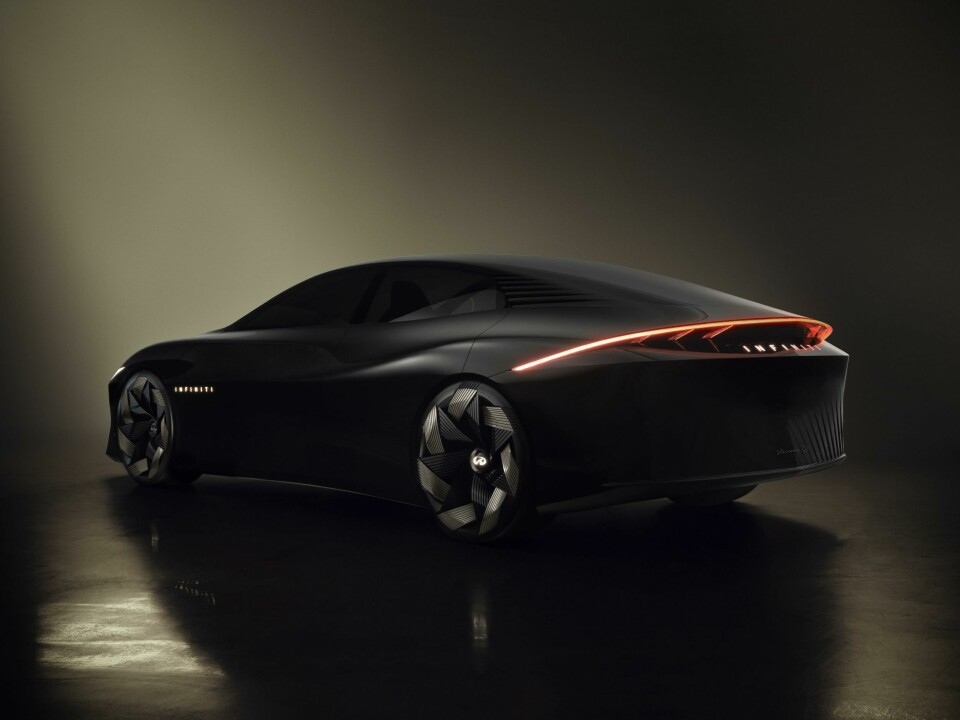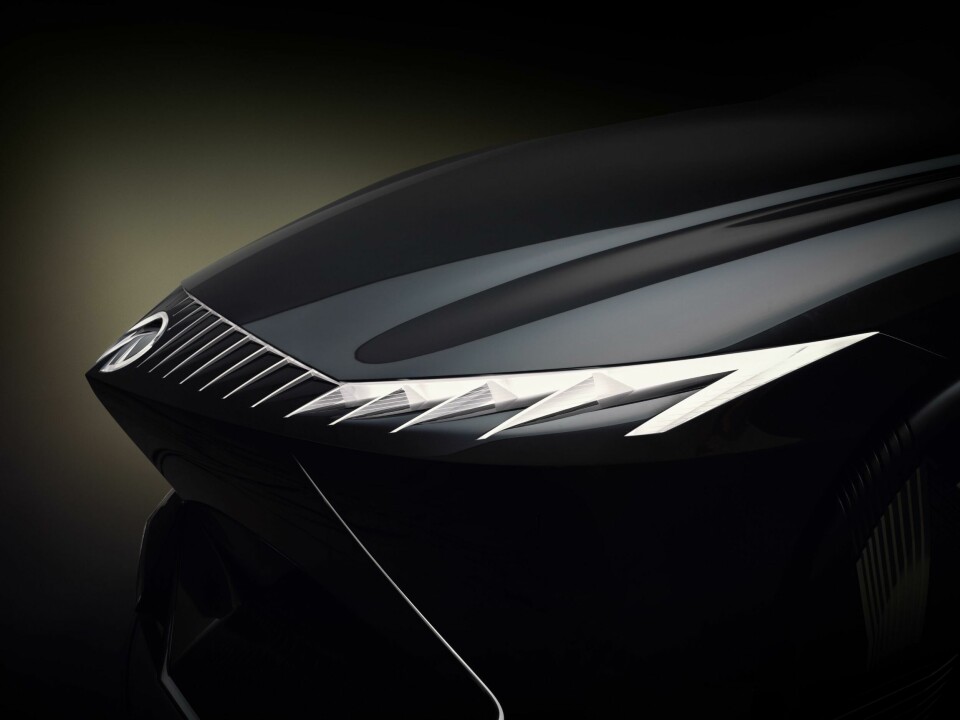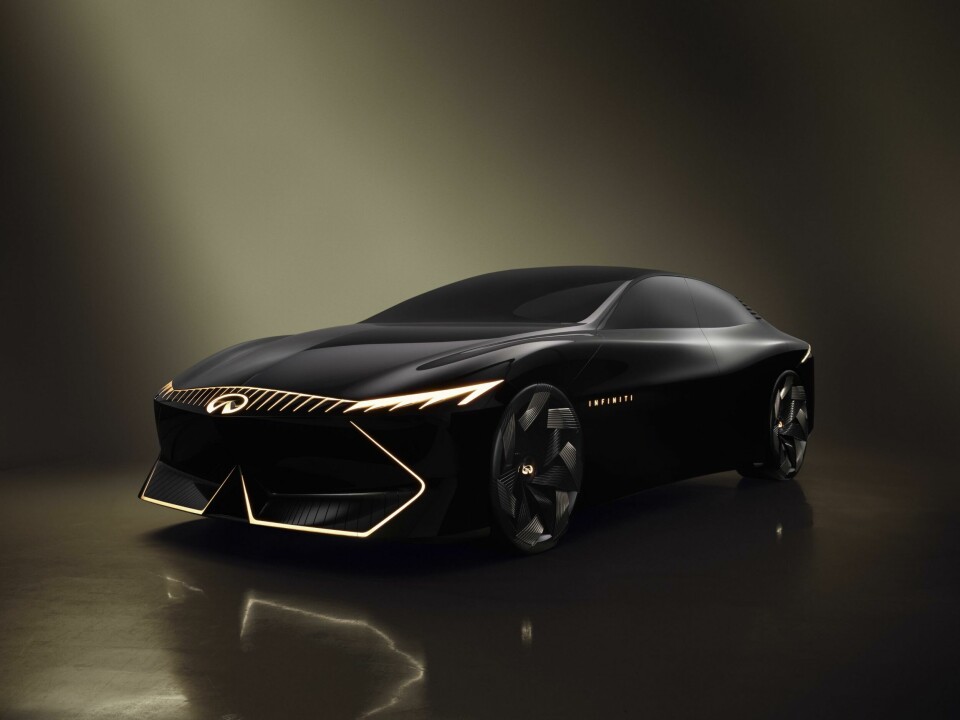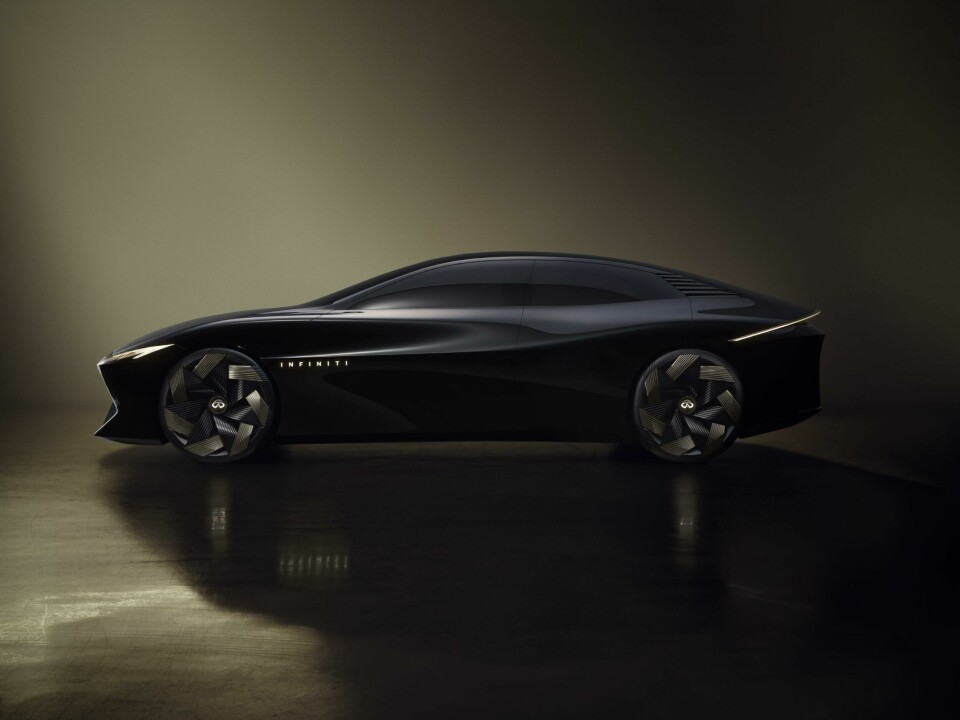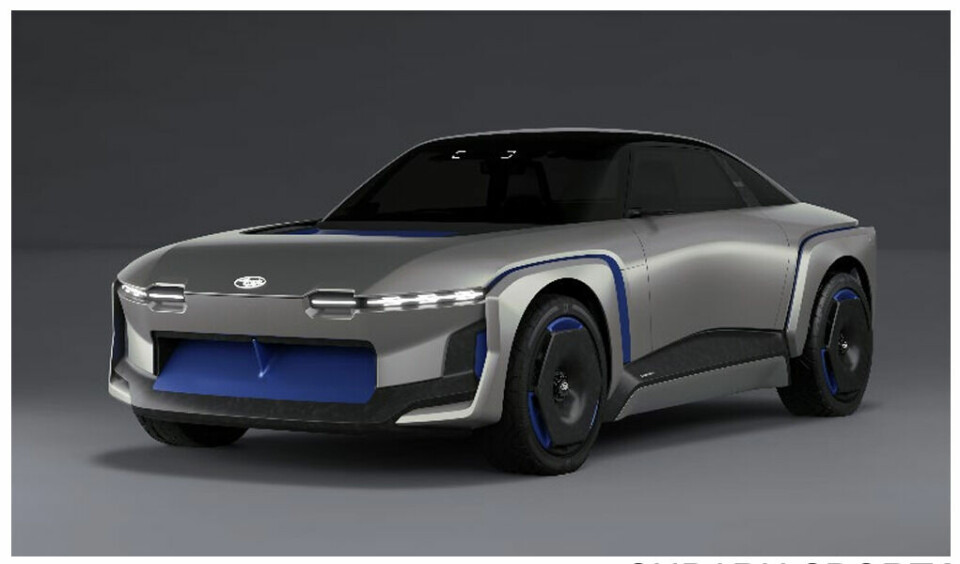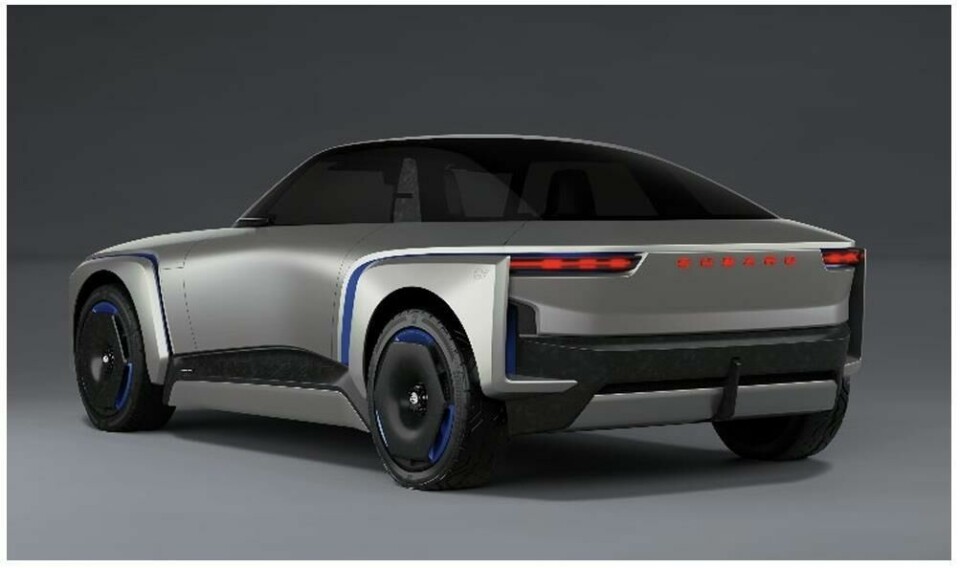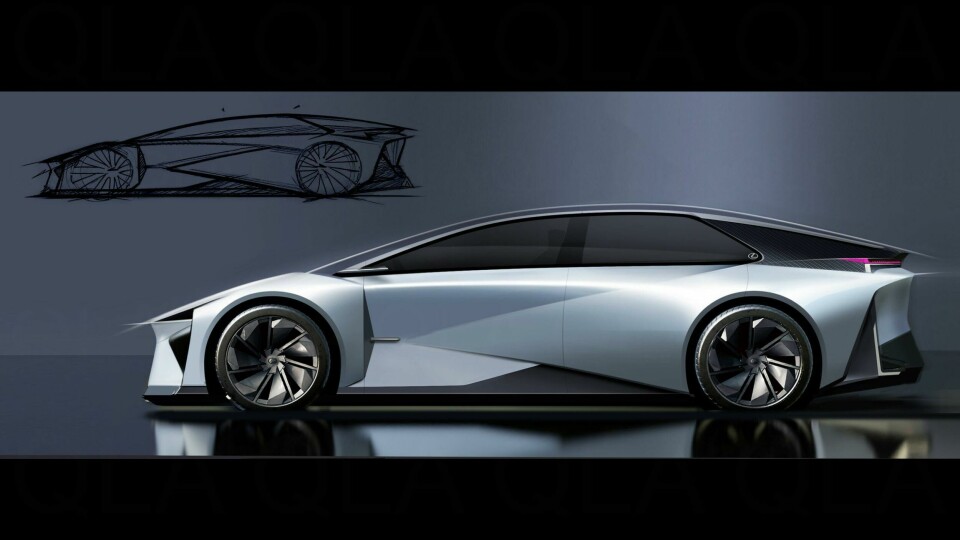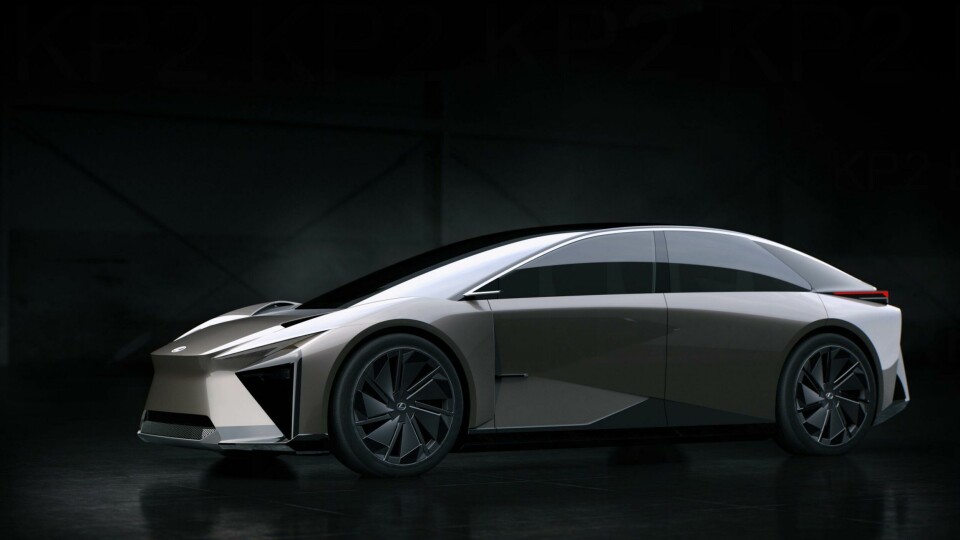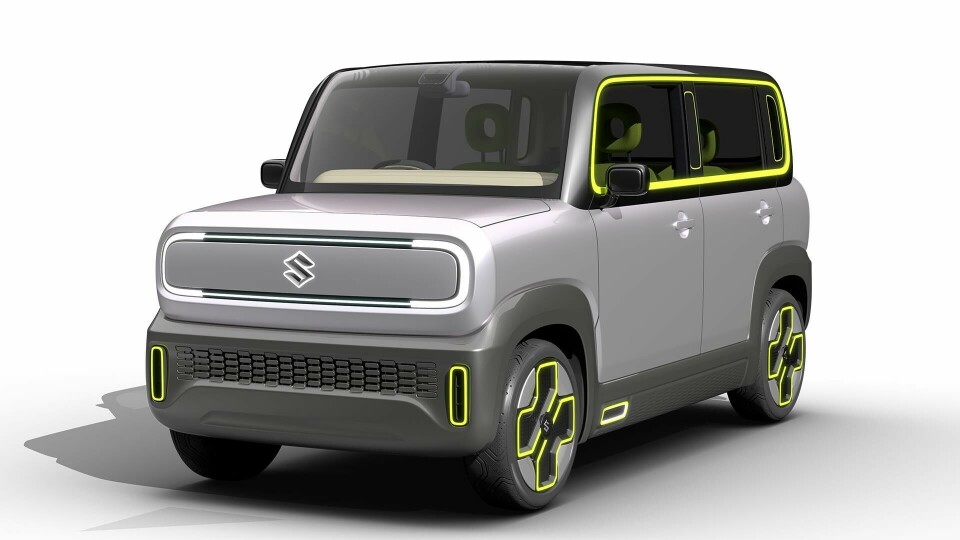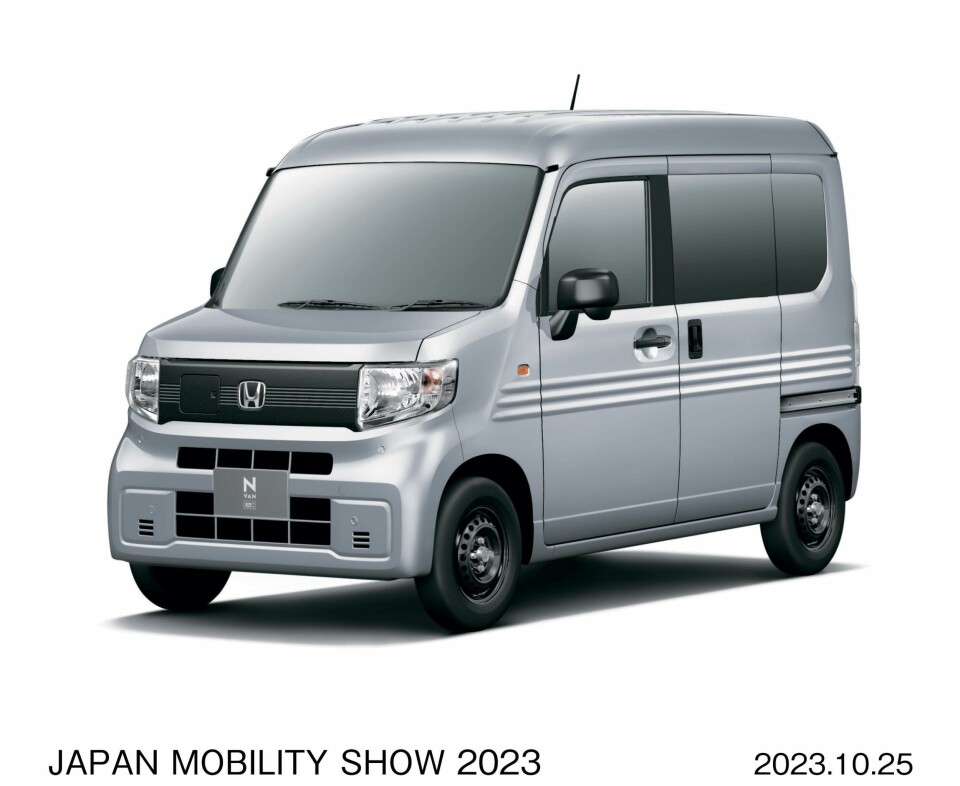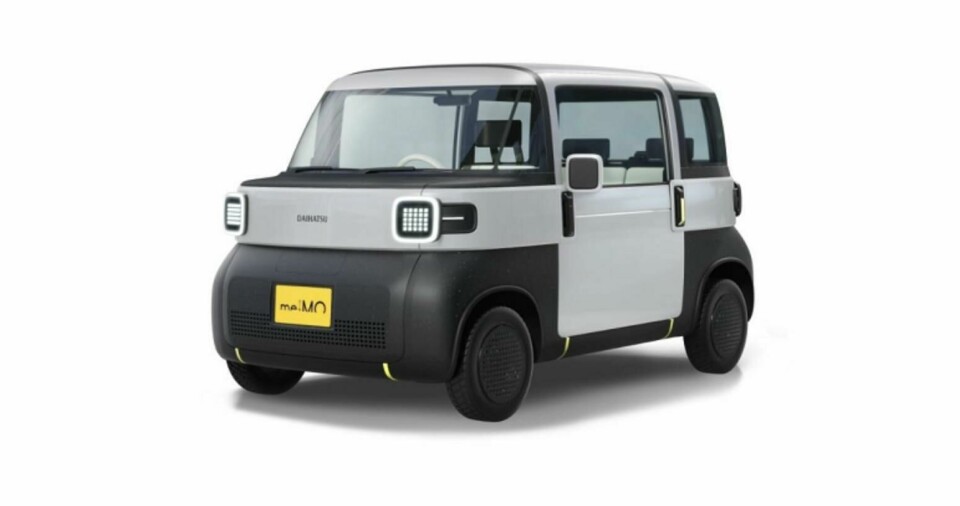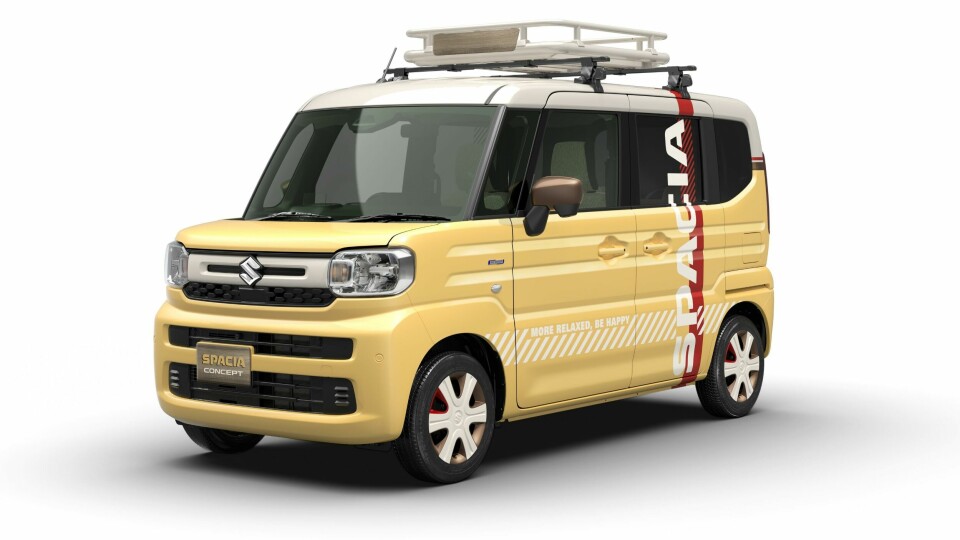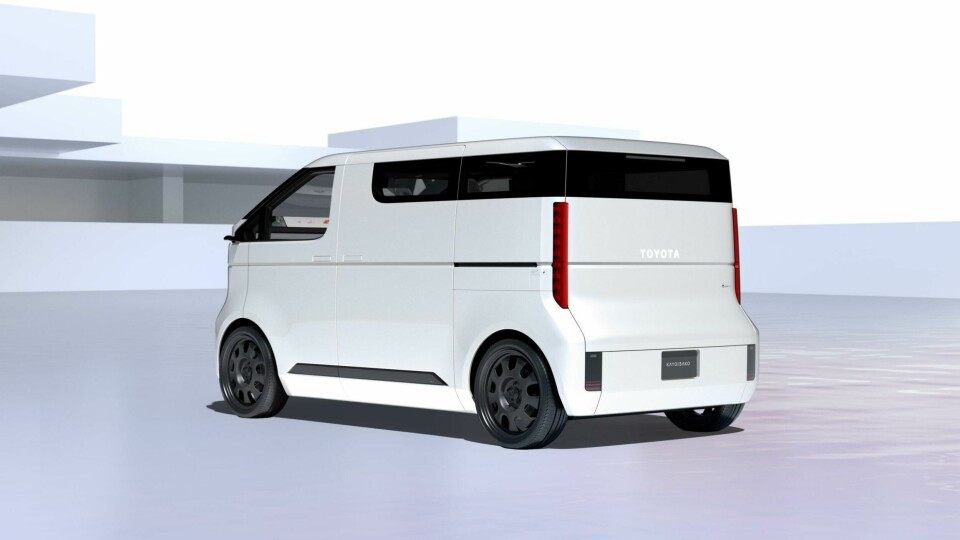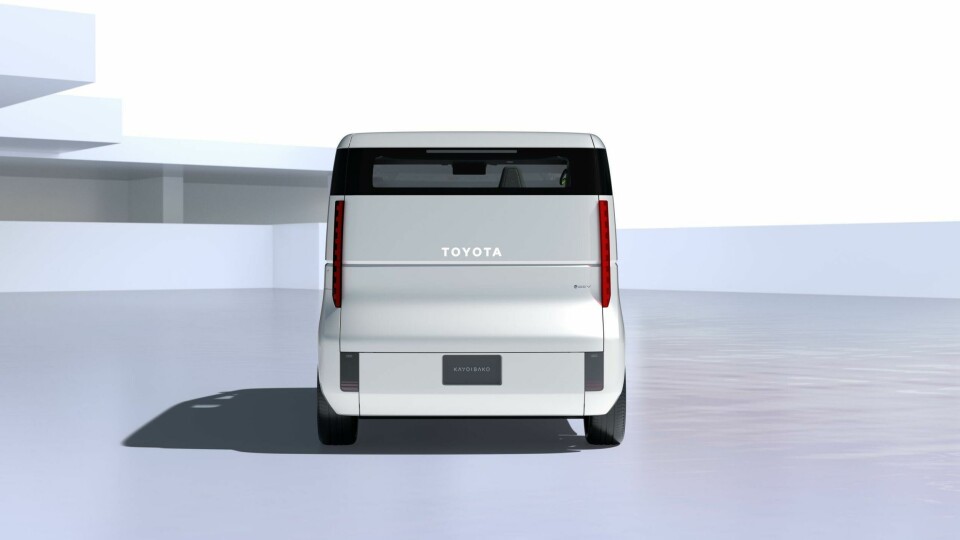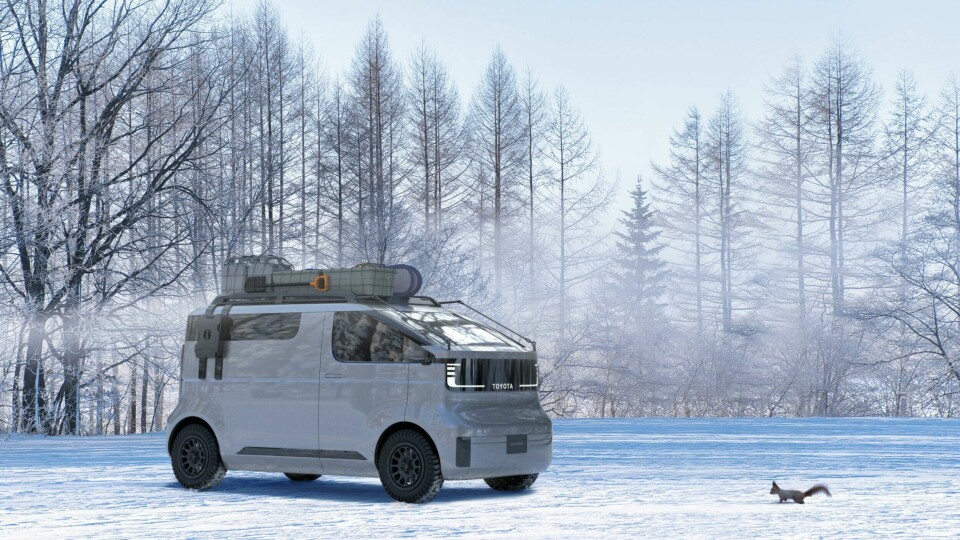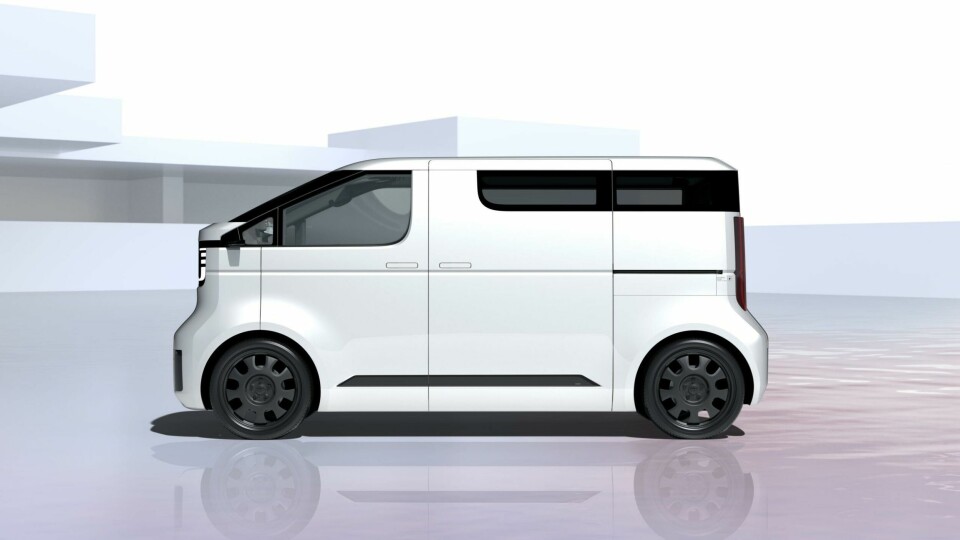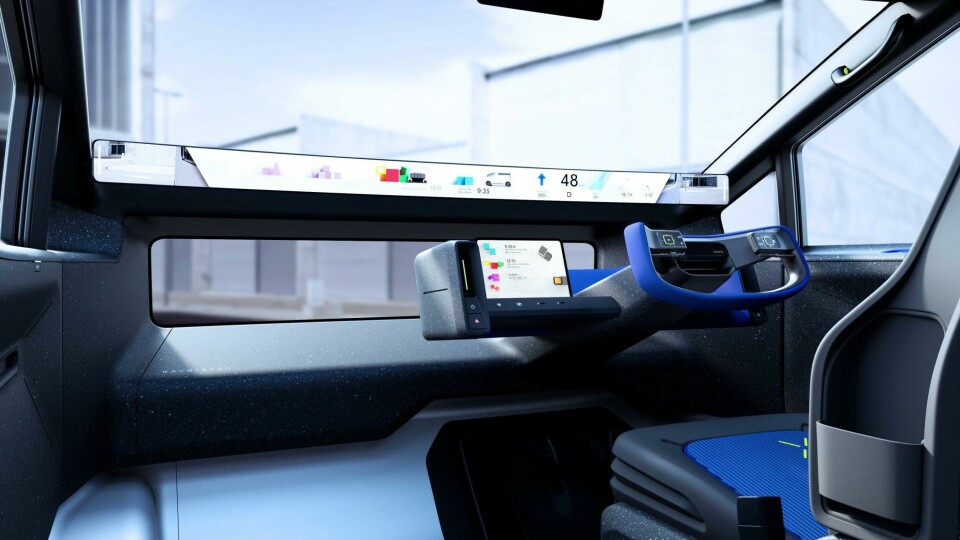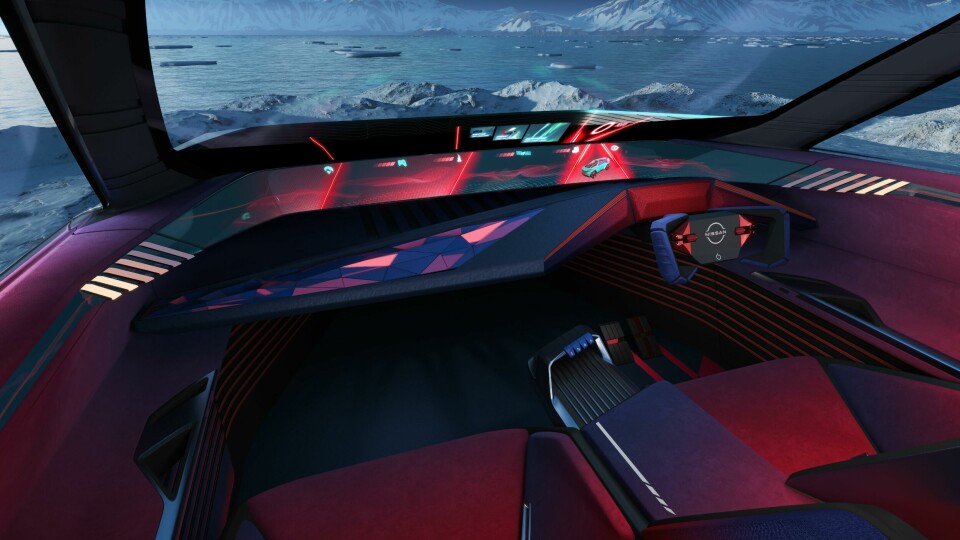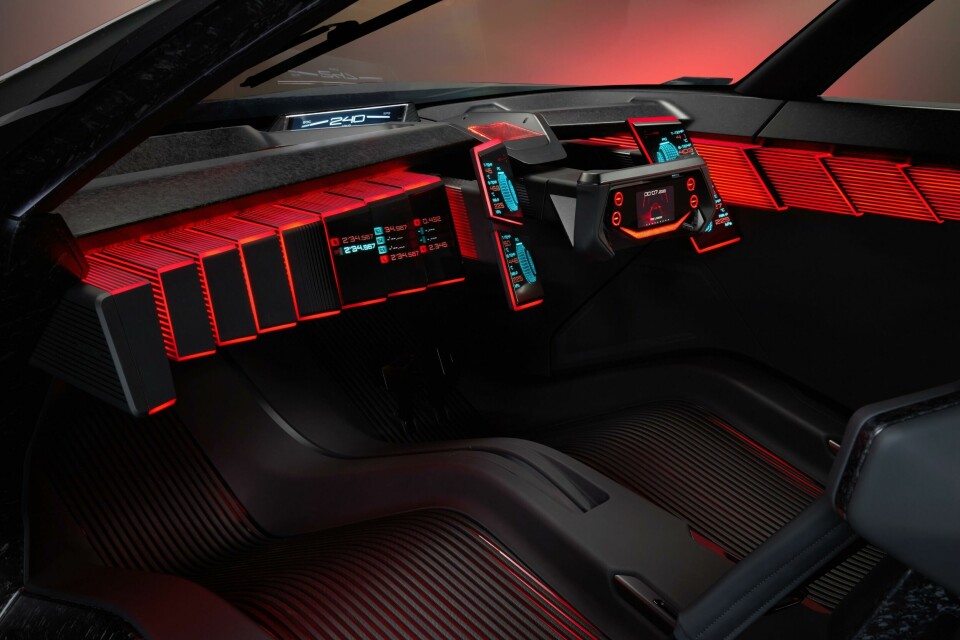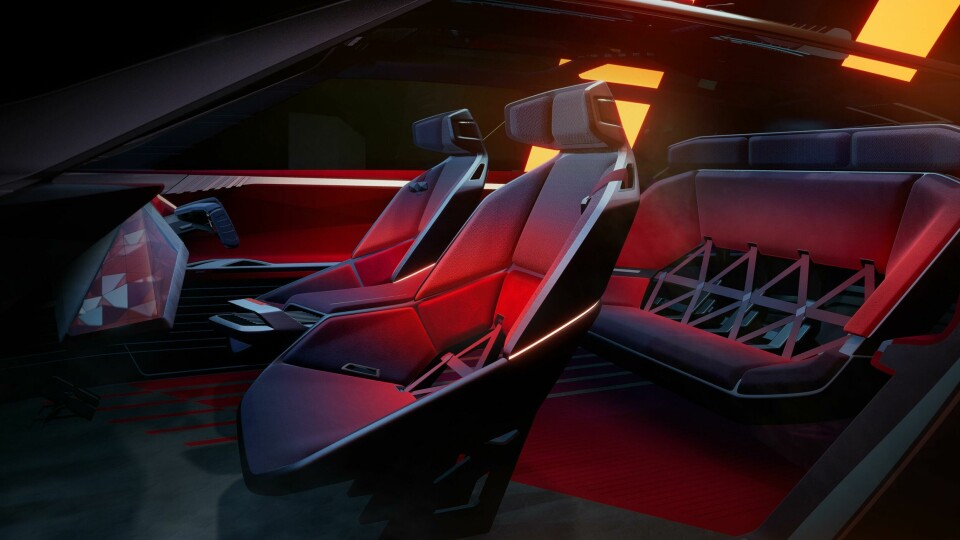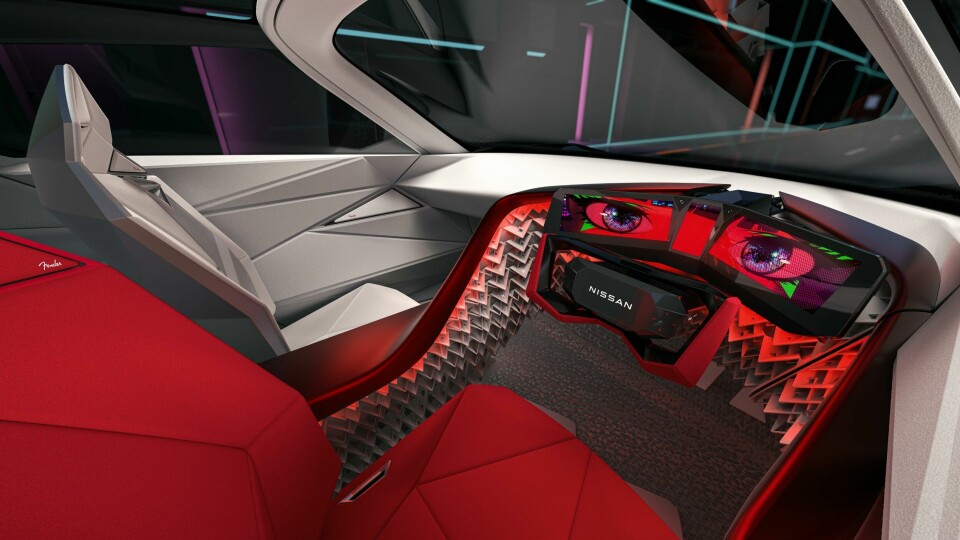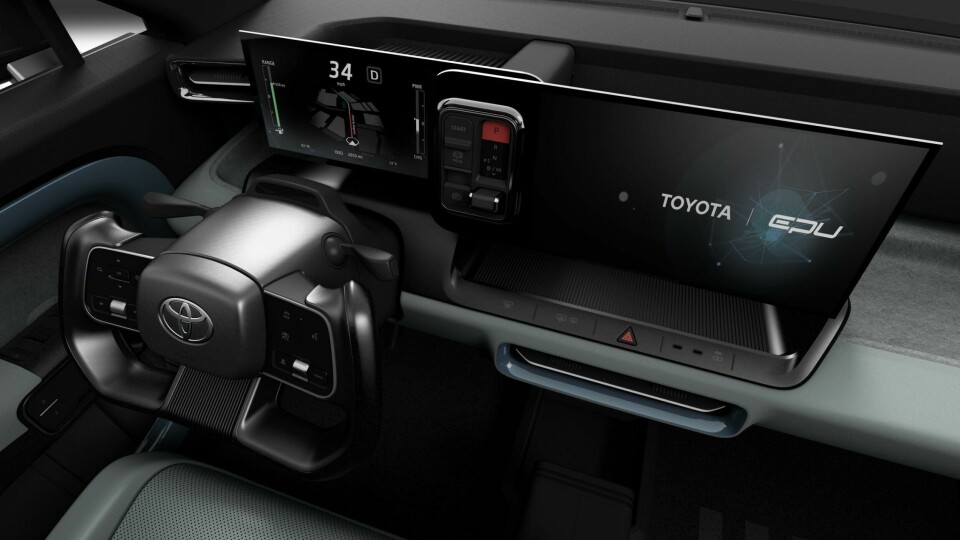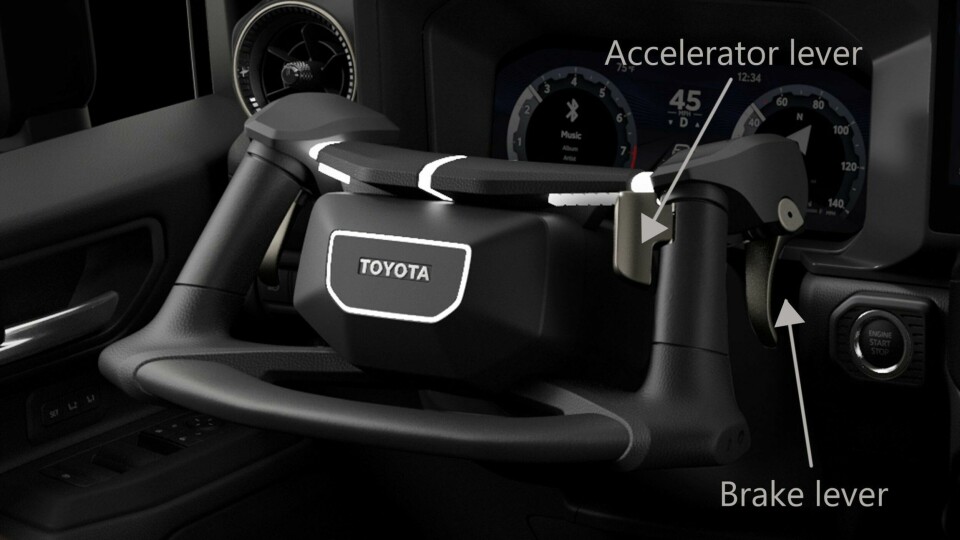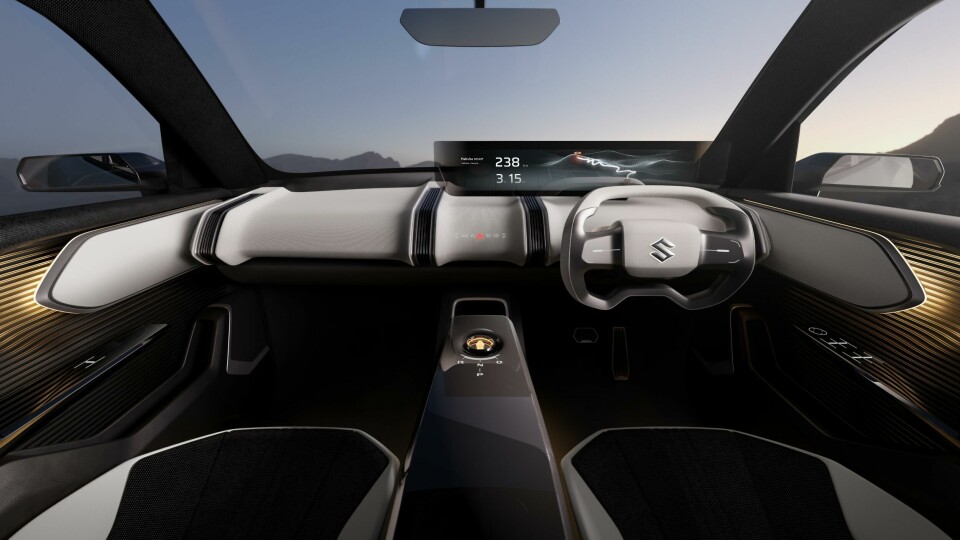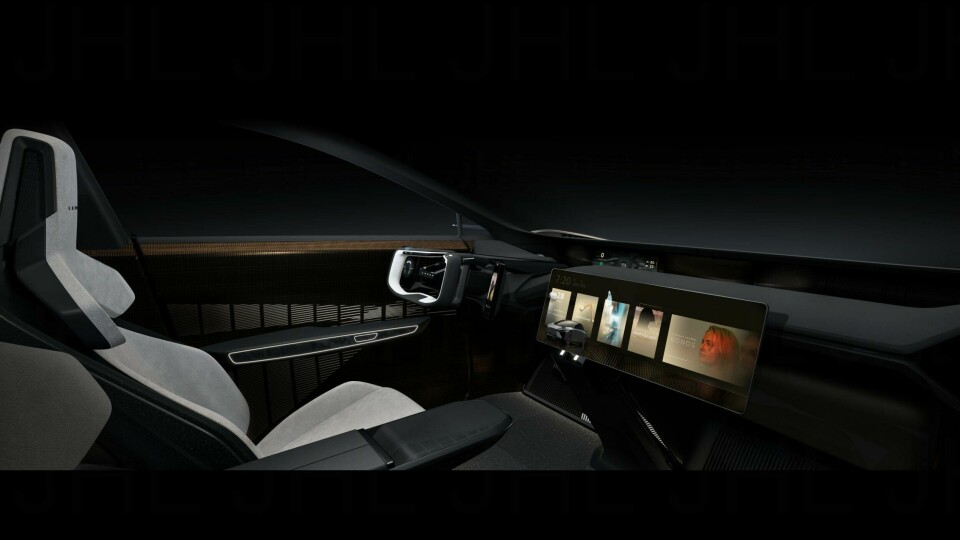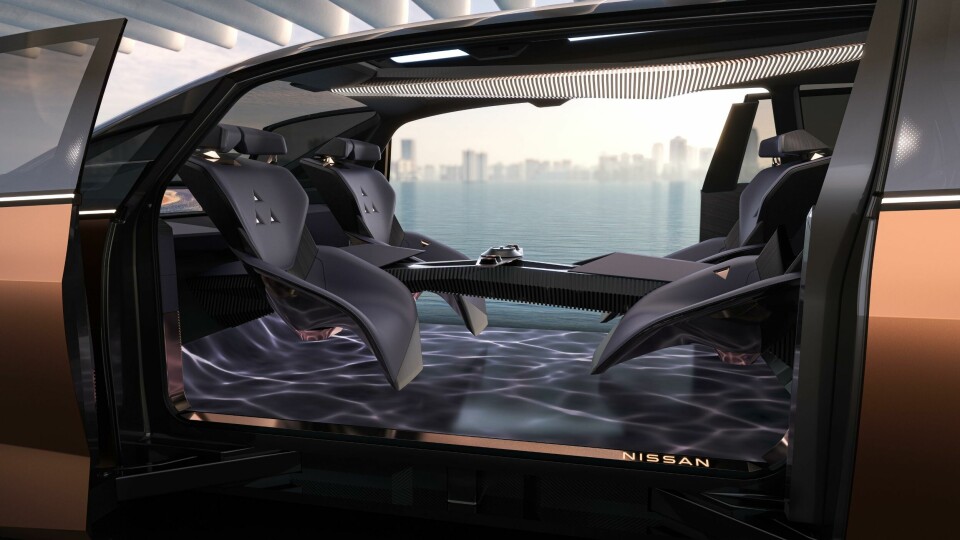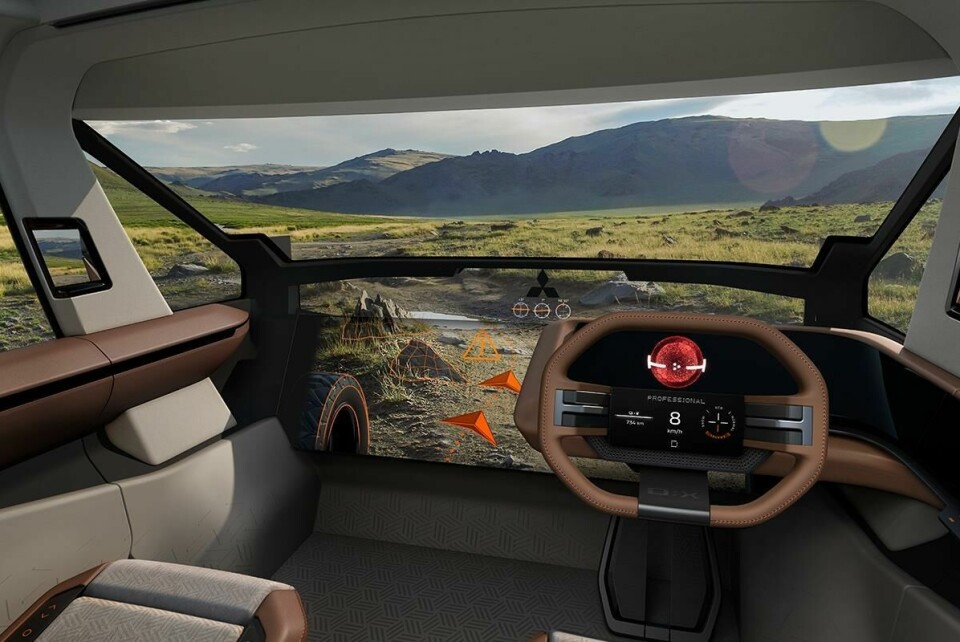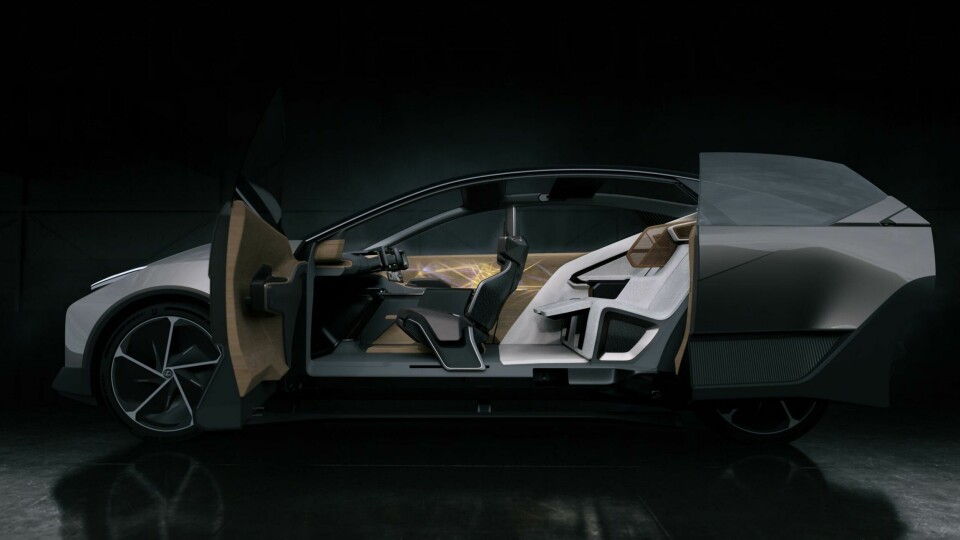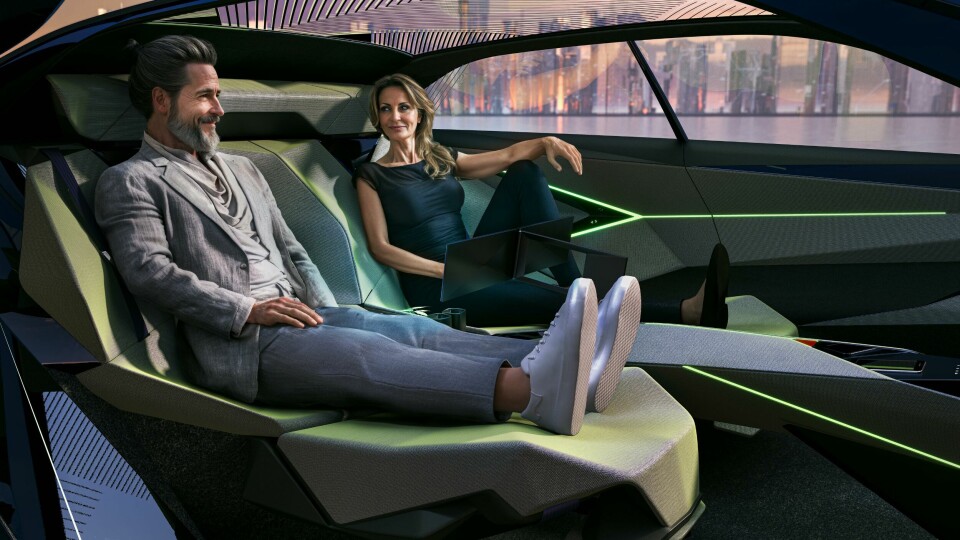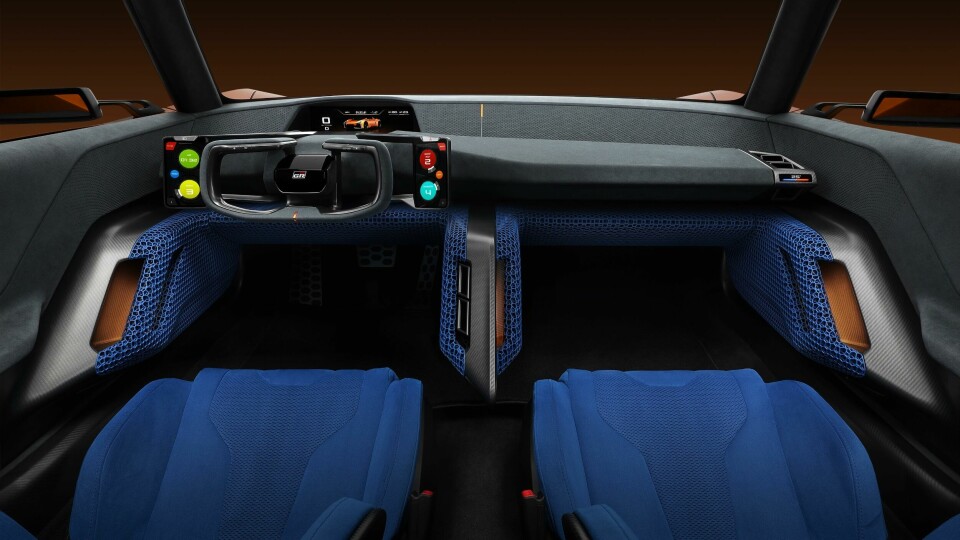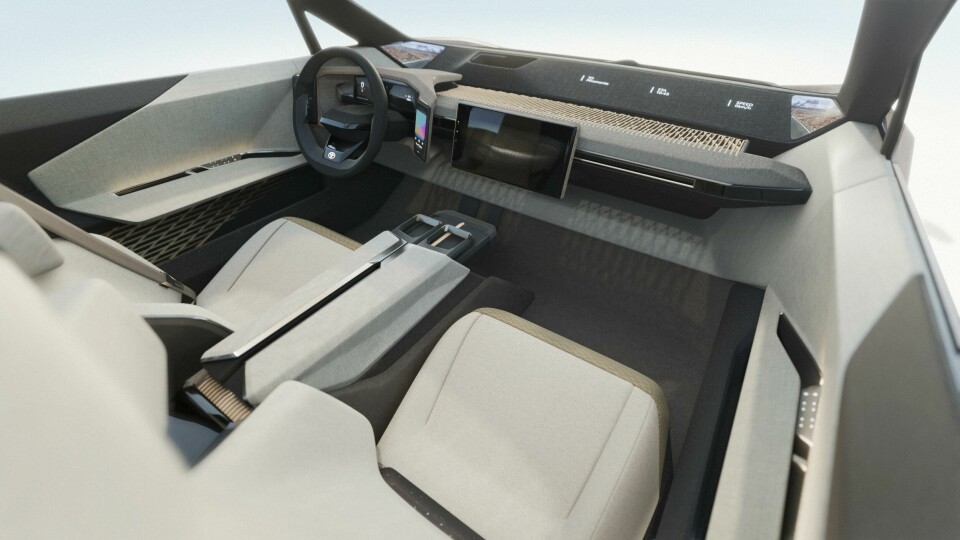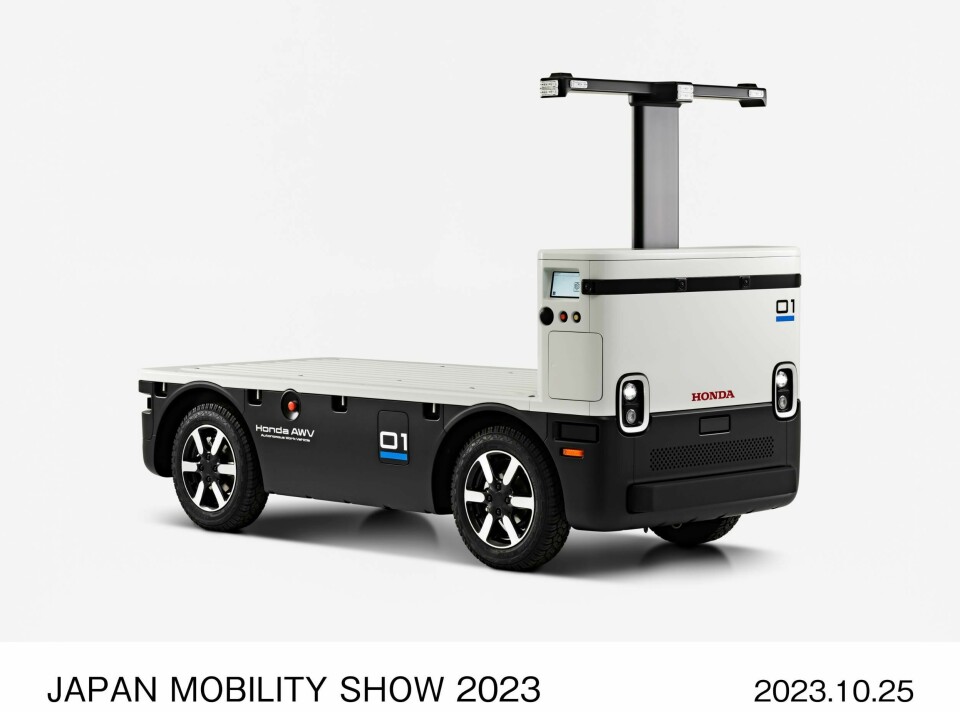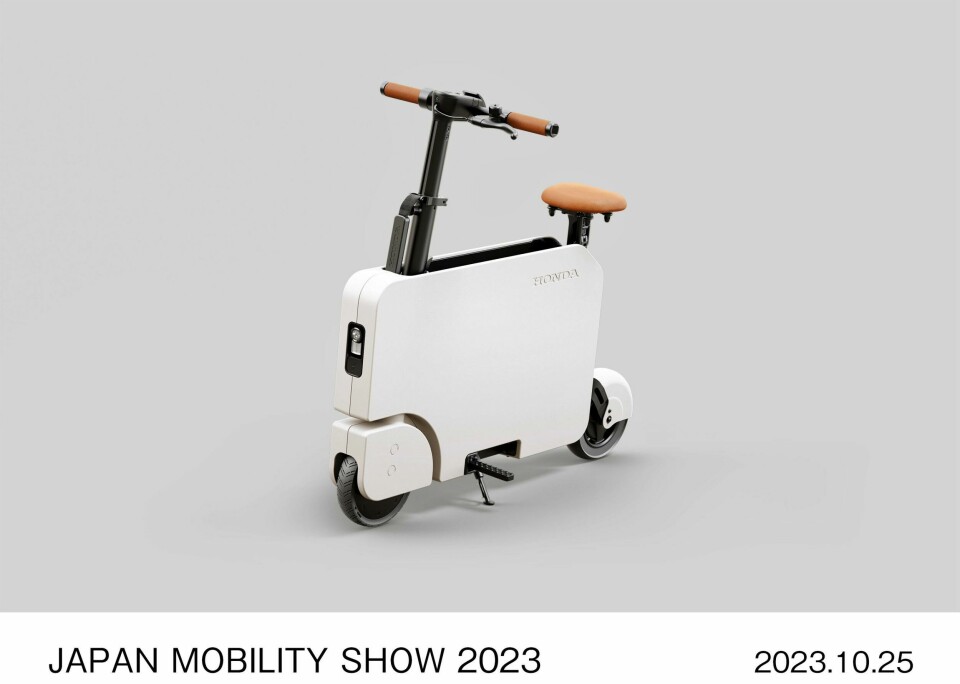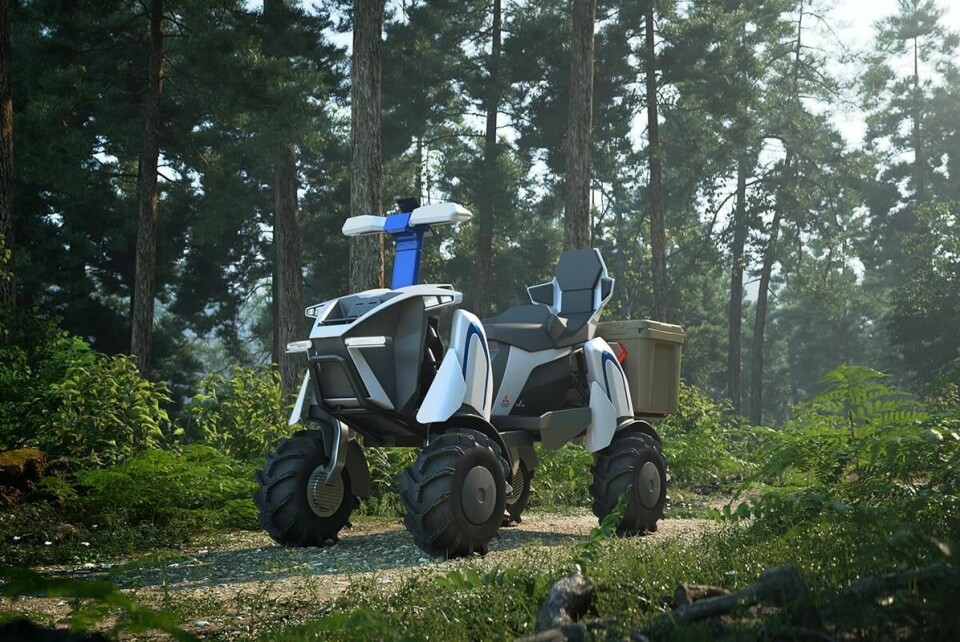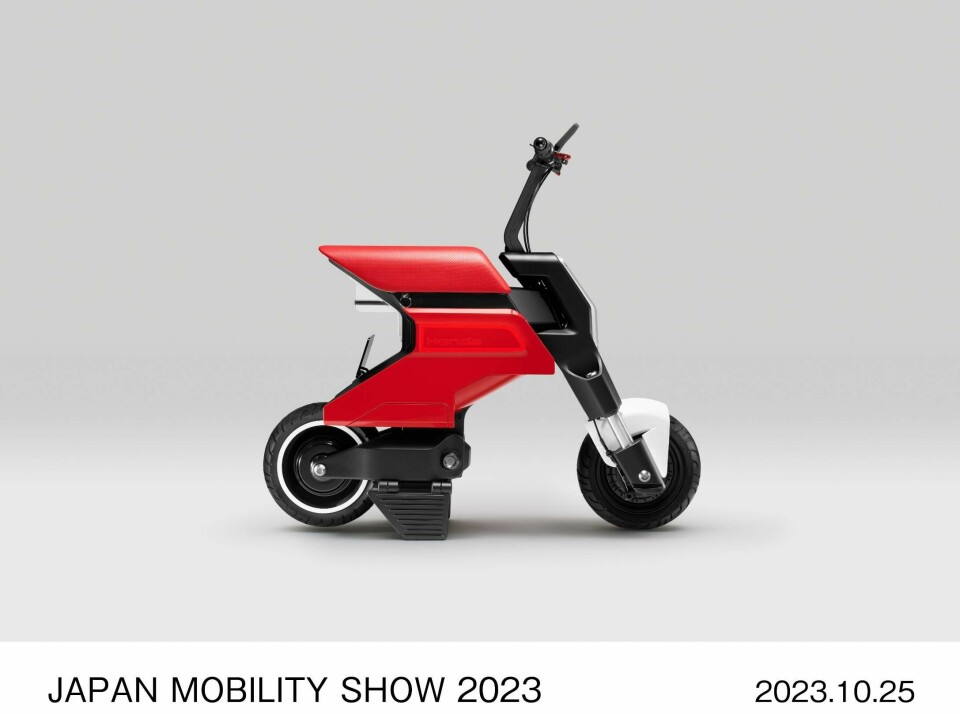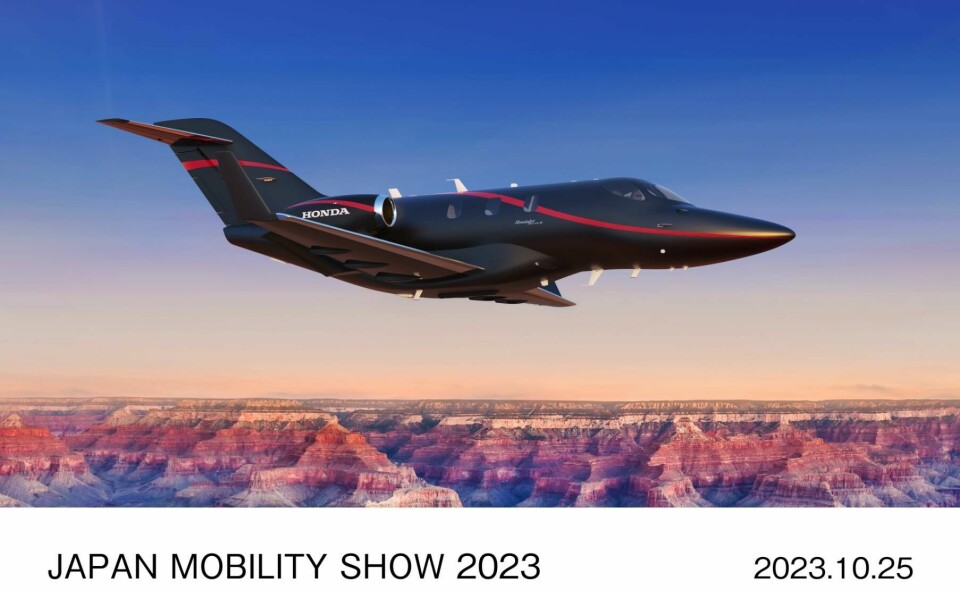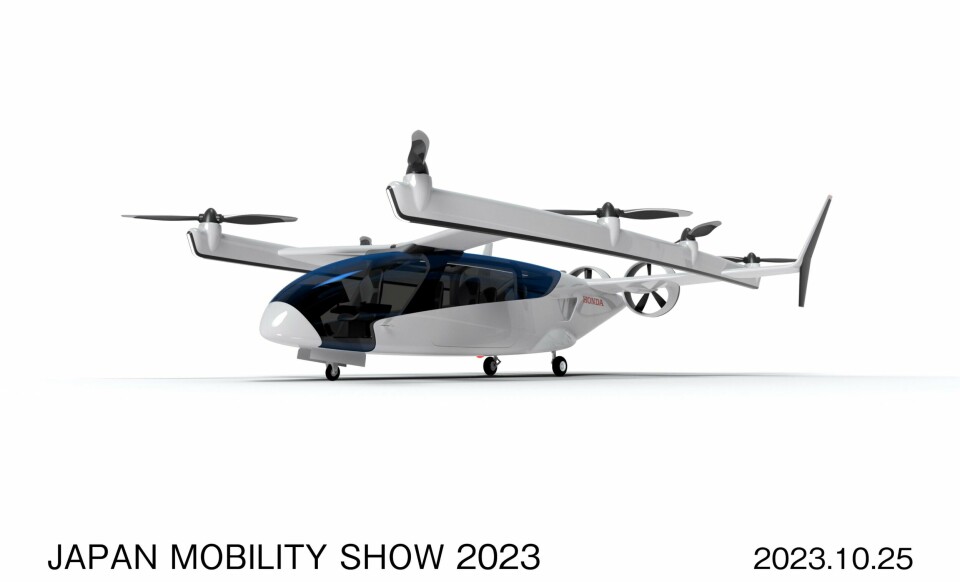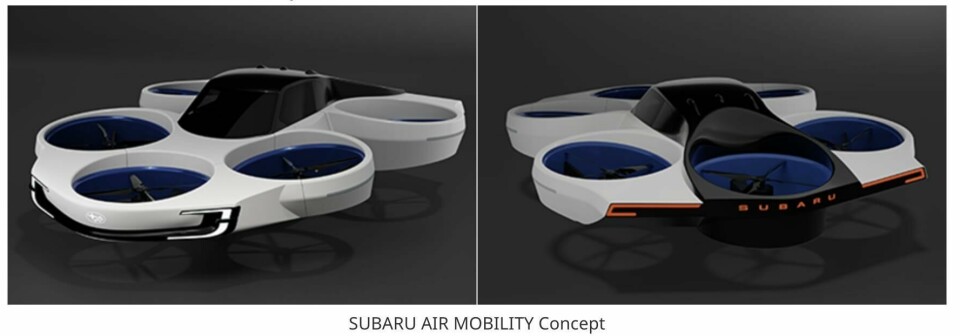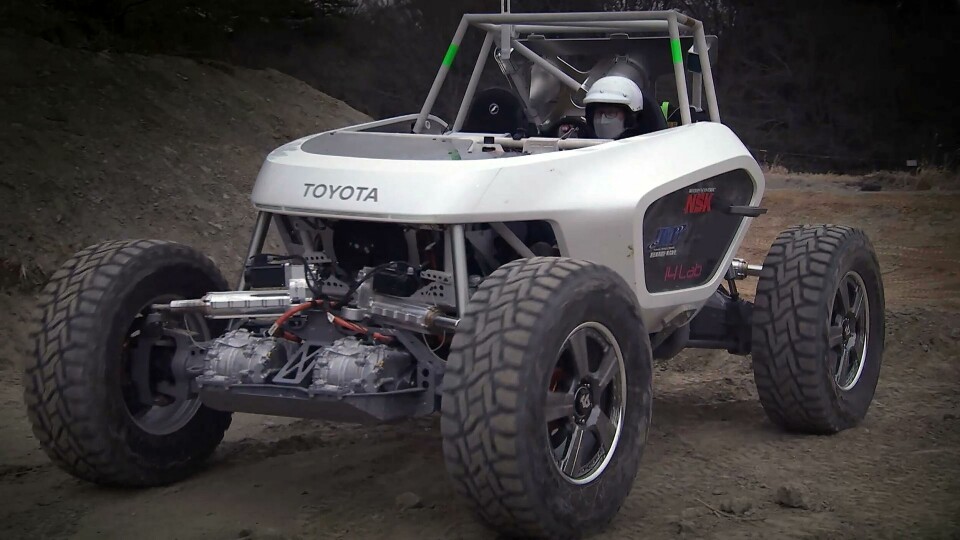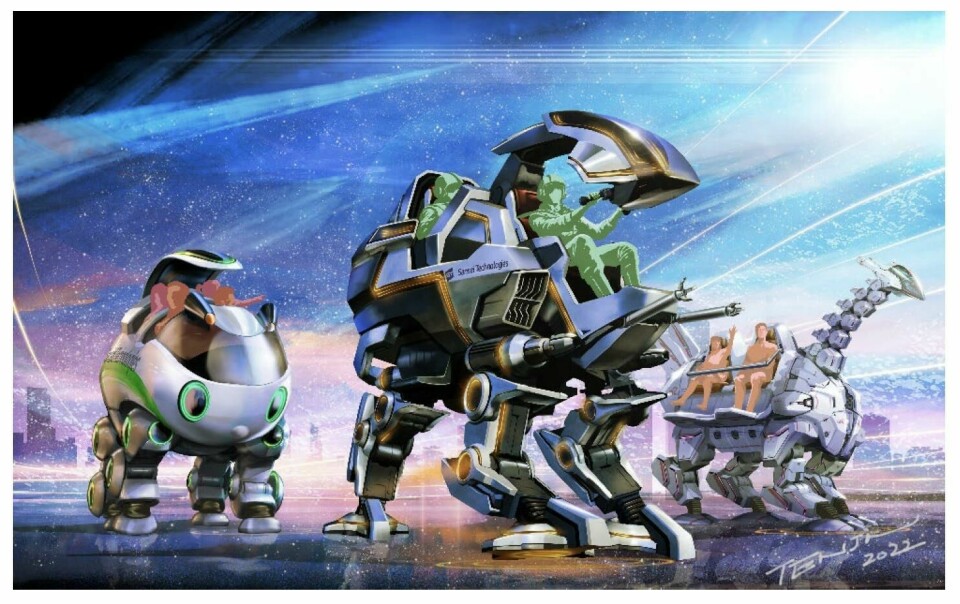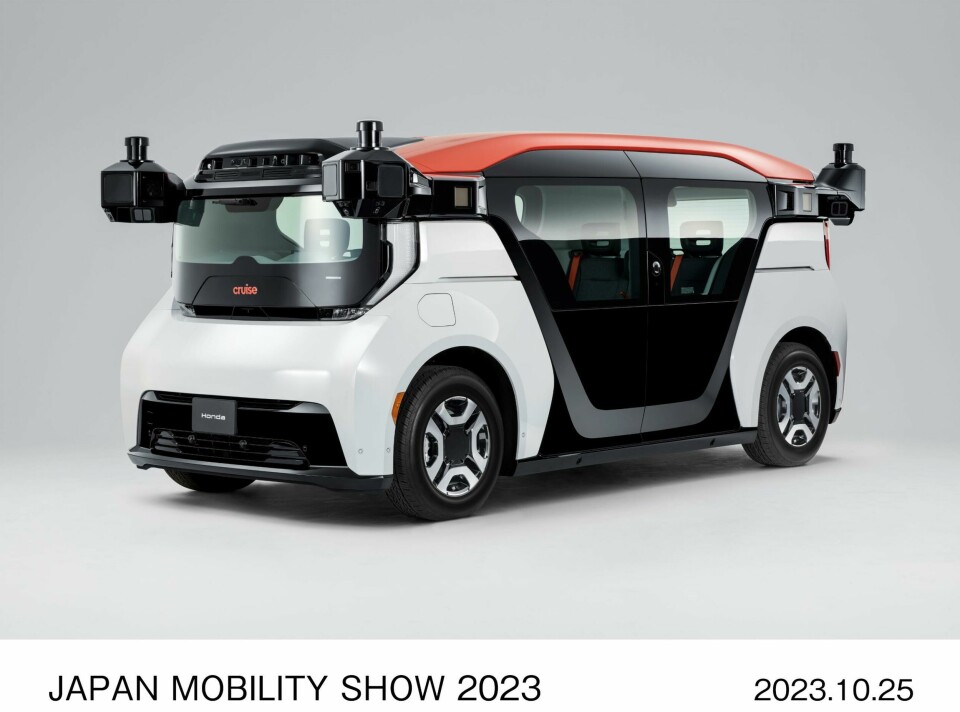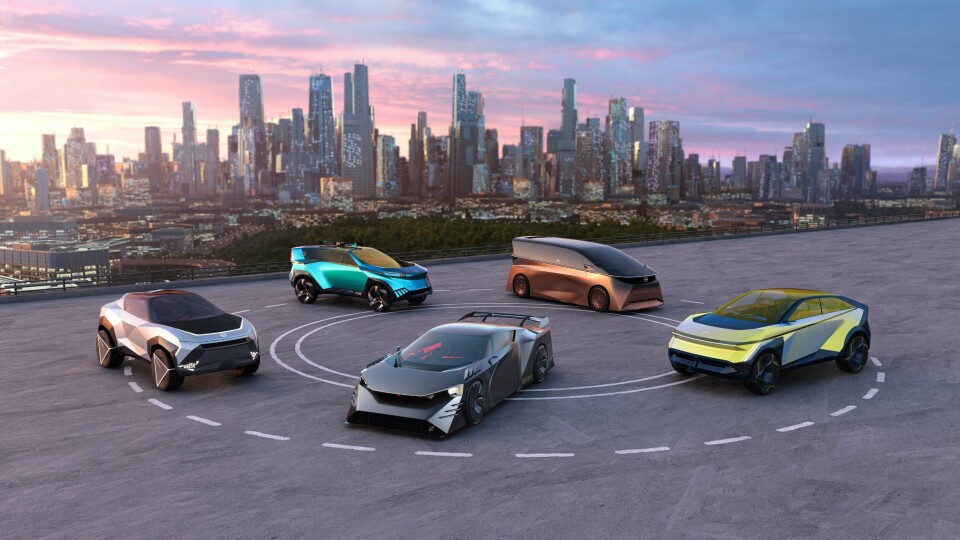
The Tokyo Motor Show is dead, long live the Japan Mobility Show
The rebranded Tokyo Motor Show made a strong case for the conventional auto show format with numerous concepts on show from big names. Read on for the main launches and ten key trends from this year’s outing
The 2023 Japan Mobility Show is the new incarnation of the Tokyo Motor Show. After 46 previous events starting in 1954 and the COVID-related cancellation in 2021, the historic event’s organisers decided to rebrand for 2023. Still held at the Tokyo Big Sight venue, as it has been since 2011, the new Japan Mobility Show’s public days run from Saturday October 28th until Sunday November 5th and the exhibits remain impressively wide in ambition, creativity and scope.
Although some production cars (or production teasers) were launched, the historic emphasis on concepts in Tokyo remains, including mainly electric SUVs and MPVs with origami-inspired exteriors, to wild colour-drenched cabins and sophisticated interior solutions. At the 2023 show there are also flying cars and moon buggies and even a selection of robots – at least one of which is big enough for a human to climb inside and operate – if you can afford the reported circa US$3m price tag.
After visiting the show in person on numerous occasions, this year’s review was conducted from afar. But hopefully the 100-plus images alongside the Car Design News Top Ten Japan Mobility Show Trends will give a flavour of the mostly Japanese exhibitors’ significant global reveals. Those makers really seemed to have pulled out all the stops to give this show its greatest chance of success for some years – with most revealing multiple concepts each – while also putting Tokyo back on the automotive map in the process.
Origami SUVs and MPVs
By far the biggest trend at the Japan Mobility Show was origami-inspired exteriors wrapped into SUV and MPV vehicle typologies. The Nissan quartet of concepts, featuring three types of SUV – Hyper Adventure, Hyper Punk and Hyper Urban, plus the Hyper Tourer MPV – were some of our favourites, plus the Lexus LF-ZL – especially from the rear view. Of the less origami- and more geometric-themed concepts, the Toyota Land Cruiser Se and EPU pick-up looked strong and credible, as did another concept we almost missed. Channeling the spirit of generations of Mitsubishi Delica and a little of the new Canoo brand, the Mitsubishi D:X concept successfully mixes MPV and SUV in a way few have matched in recent years. Refreshing to see from a brand that has massively underperformed in design terms in recent years.
‘Continuity’ sports cars
Iconic Japanese sports cars are plentiful and many generations deep, so it’s no wonder several well-established local brands chose Tokyo to launch re-boots or homages to some of their greatest models. Mazda’s Iconic SP is a beautifully smooth-surfaced and fluid antidote to all the sharply-folded metal designs at the expo and a clear nod to a possible future MX-5. Daihatsu did the same with its 3835mm-long Vision Copen, to show what a next-gen version of its much-loved diminutive roadster could look like (just by adding Fiat 500 EV-style split-circle LED headlights and sprucing up the surfaces apparently). Toyota showed its FT-Se concept which got MR2 fans frothing at the mouth, but arguably the pick of the bunch is the Nissan Hyper Force, which reimagines the GT-R supercar model in an even more radical way (especially the interior, see later for photos).
‘Toy-like’ city cars
Honda took the honours in this category, with two somewhat toy-like, but also grown-up and product design-inspired city cars. The narrow-and-tall CI-MEV concept aesthetically conforms to Japanese kei car legislative proportions dictating a small physical footprint and propulsion capacity, but gives the form new interest via a heavily-raked, rather than upright front end. As such, it looks like a stretched Japanese take on the original Smart two-seater, in a very good self-driving and all-electric way. Meanwhile, Honda’s Sustaina-C not only improves on the simple-lined lineage of the 2017 Urban EV concept and 2020 Honda e production car that followed, but also features a variety of sustainable materials, including recycled acrylic resin.
Slick new coupés
Japanese car industry history is also awash with superb coupés, so it’s no real surprise that Honda finally brought back its Prelude nameplate for an electrified 21st Century unveil. Judging by the very production-feasible shape – and Honda PR blurb saying, “please keep your expectations high for this model” – expect a production version pretty soon. Infiniti and Lexus also revealed coupés – the Vision Qe and LF-ZC respectively – although to these eyes the Infiniti concept is the more classically beautiful. With a strong new front face featuring double-arch and piano-key lighting signatures, it’s technically a fastback sedan and apparently previews the brand’s first EV. Alongside three more cars coming imminently – a new QX80 flagship in 2024, the QX65 crossover coupé and an all-electric SUV too – Infiniti might soon have a competitive model range.
‘Clued-up’ kei cars and compact vans
Tiny ‘box cars’ (and vans) are a Japanese market speciality. Known as kei cars (short for keijidōsha which means“light vehicle”) this mini car class was born post-World War II to help stimulate the nascent Japanese car industry when most of its population could not afford bigger cars and has always been important in its domestic market. The kei car rules have been adjusted through the decades, but normally dictate a small vehicular footprint, engine and/or motor, plus low weight and emissions. Suzuki, Honda and Daihatsu are particular kei car specialists, and the 2023 Japan Mobility Show crop included the 3395mm-long Suzuki eWX mini-wagon EV and our favourite – if slightly oddly-named – Daihatsu me Mo. Special mention to the high-sided 3990mm-long Toyota Kayoibako minivan which combines cool variable-height window lines, a transformable interior, equally at home as a cargo van or people carrier, and which is a truly boxy Japanese wonder.
Wild interiors
Japanese car design also now offers some serious interior design differentiation, which was in ‘full-lit’ force at this year’s expo. Nissan’s Hyper concept trio – Hyper Adventure, Hyper Punk and Hyper Force – were the most extreme, and their designers were clearly keen on anything other than a circle shape to steer with, from gaming-style lozenges, to colour-drenched displays within otherwise dark cabin ambiences.
Hi-tech sophisticated cabins
Even within the more pared-back and elegant conceptual cabins at the Japan Mobility Show, circular steering wheels were rare – only the Mazda Iconic SP and Toyota FT-3e featured them. But dashboards, including the Mitsubishi D:X’s ‘see-through’ one and the interestingly stretched-and-ribbed example seen within the 4300mm-long Suzuki’s eVX, were revealed here for the first time. (The Suzuki eVX featured an evolved exterior from the one first showcased at the Indian 2023 Auto Expo back in January too.) Toyota showed a cockpit-only concept called NEO Steer as well, which explores the use of motorcycle-style accelerator and brakes built into its low-profile ‘steering wheel’, to allow both better vision for the driver and hand-only operation for those with lower-limb impairment.
More micro mobility moves
Previous Tokyo Motor Shows have never been short of micro mobility solutions and this year’s Japan Mobility Show appropriately amplified the tradition with a slew of electric devices. Many were small and often foldable (the Toyota Land Hopper eBike, Honda Pocket Concept and Honda Motocompacto mini-scooter), while others reimagined wheelchair design (Honda Juu) and more again focused on cargo, rather than passengers (Honda Autonomous Work Vehicle). Perhaps most unusual was the Mitsubishi Last 1 Mile Mobility vehicle, raised up for off-road activity and developed in collaboration with start-up Lifehub Inc. to encourage adventure beyond the city.
Flying cars, eVTOLs and moon buggies
One category of vehicle not seen before at an automotive-angled Tokyo show – at least not in a mature design state – is electric vertical take-off and landing vehicles (or eVTOLs and ‘flying cars’). Actually closer to electric flying taxis, these many-rotor devices were shown by Honda – along with its long-gestation Jet airplane – and also by Suzuki and Subaru too. Not to be outdone on the tech stakes, Toyota had its Space Mobility prototype moon buggy, designed to traverse boulders 50cm tall and be used with Toyota’s Lunar Cruiser.
Robots on the rise
Last but not least, it’s almost ‘the rules’ that a Tokyo show has a few robots on display. Luckily the 2023 Japan Mobility Show did not disappoint. There was the 3.6-metre long Sansei SR-02 – a quadruped walking robot able to carry four in comfort more than two metres high in the air – and the Avatar Robot from Honda, which can perform tasks and have experiences in a separate space, as if ‘in person’, via remote control from somewhere else. More real-world is the robotaxi style Cruise Origin, which Honda is planning – alongside partner GM – to launch as an autonomous driverless ride-hail service in early 2026.
Finally and perhaps most spectacularly, there is the 4.5-metre high, 3.5-tonne Tsubame Archax, a Gundam robot made real and operated by a human being climbing inside (and demonstrated by a Tsubame Industries staff member at the Japan Mobility Show 2023 this week). Yours for about US$3m and proof that ideas for man in charge of machine rather than the other way round, are still available.
